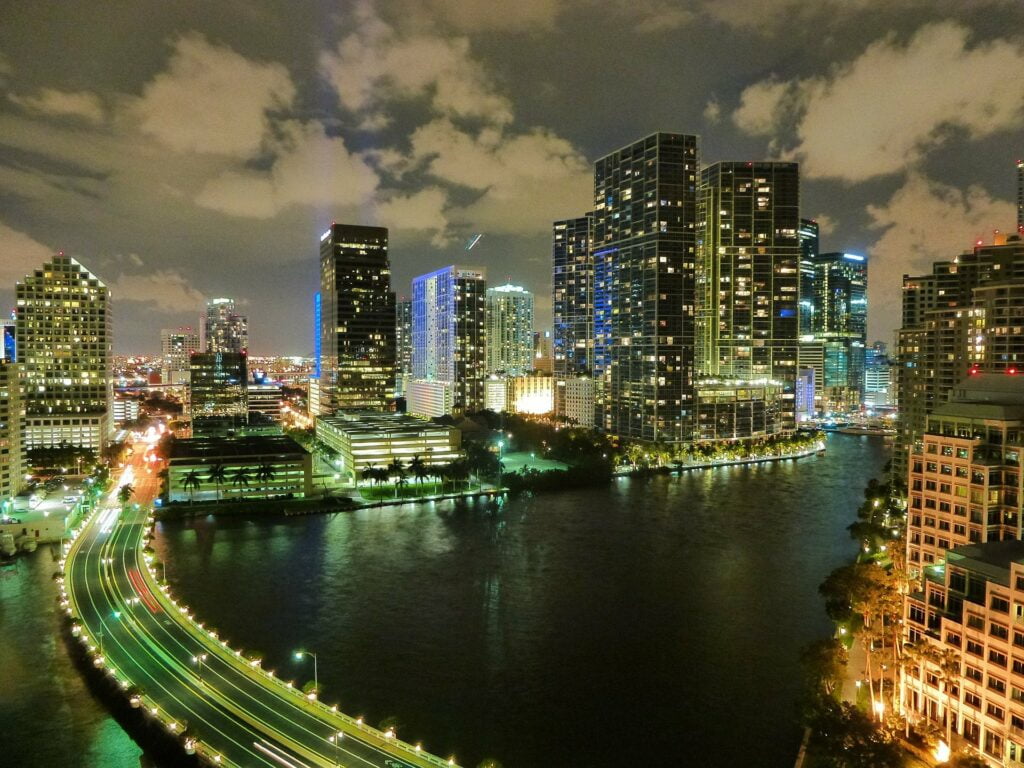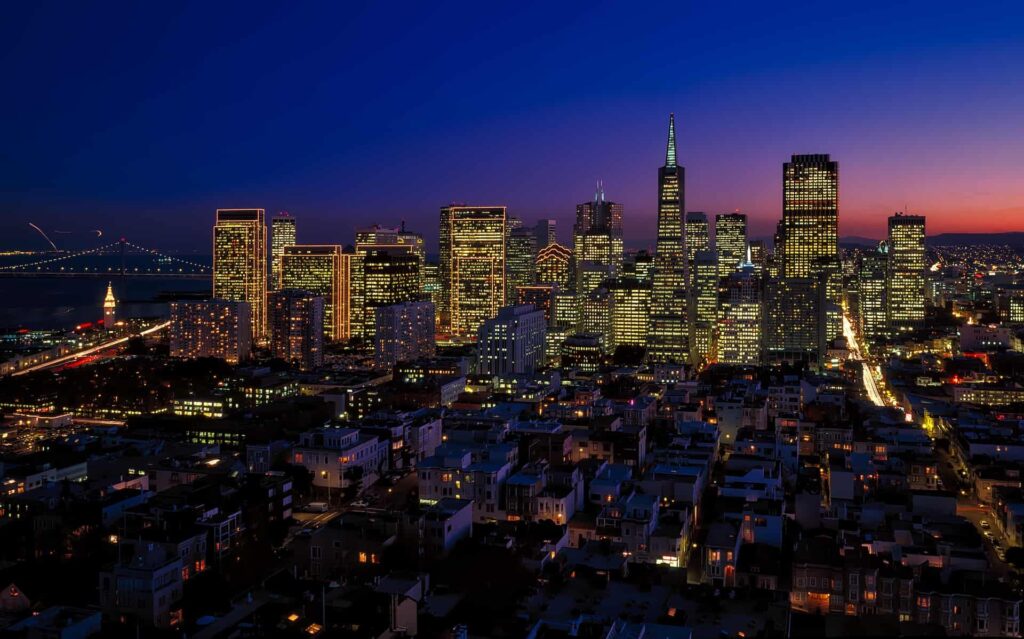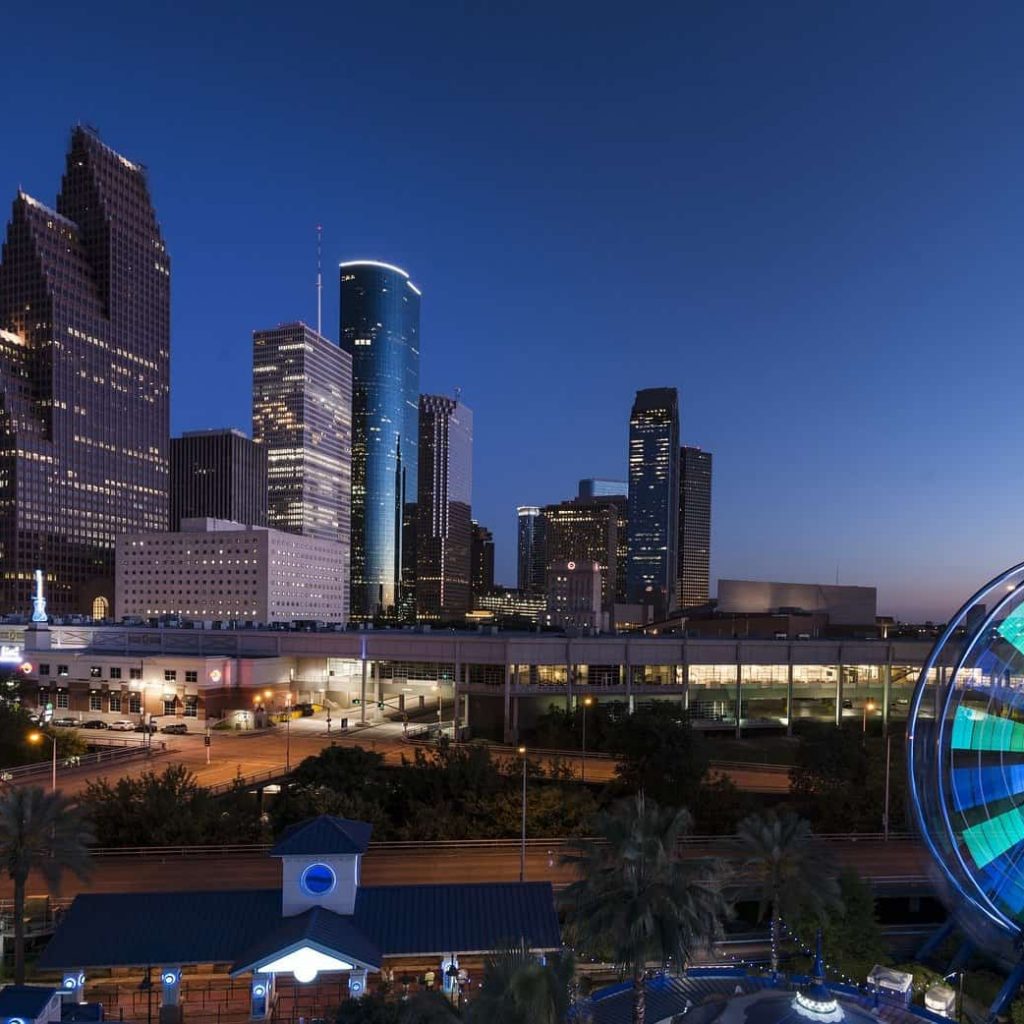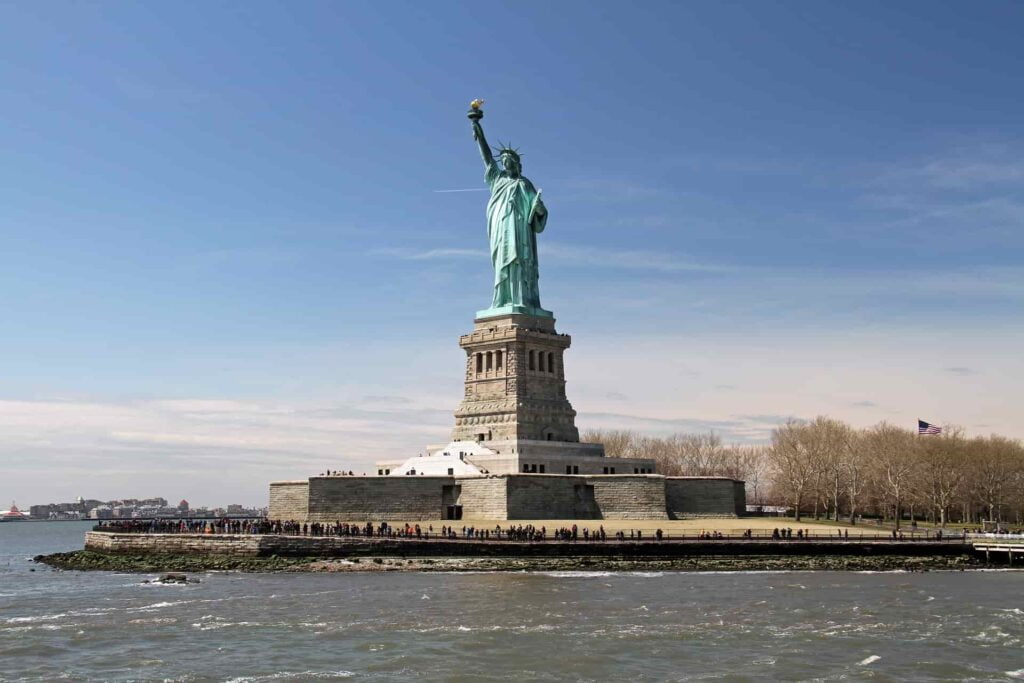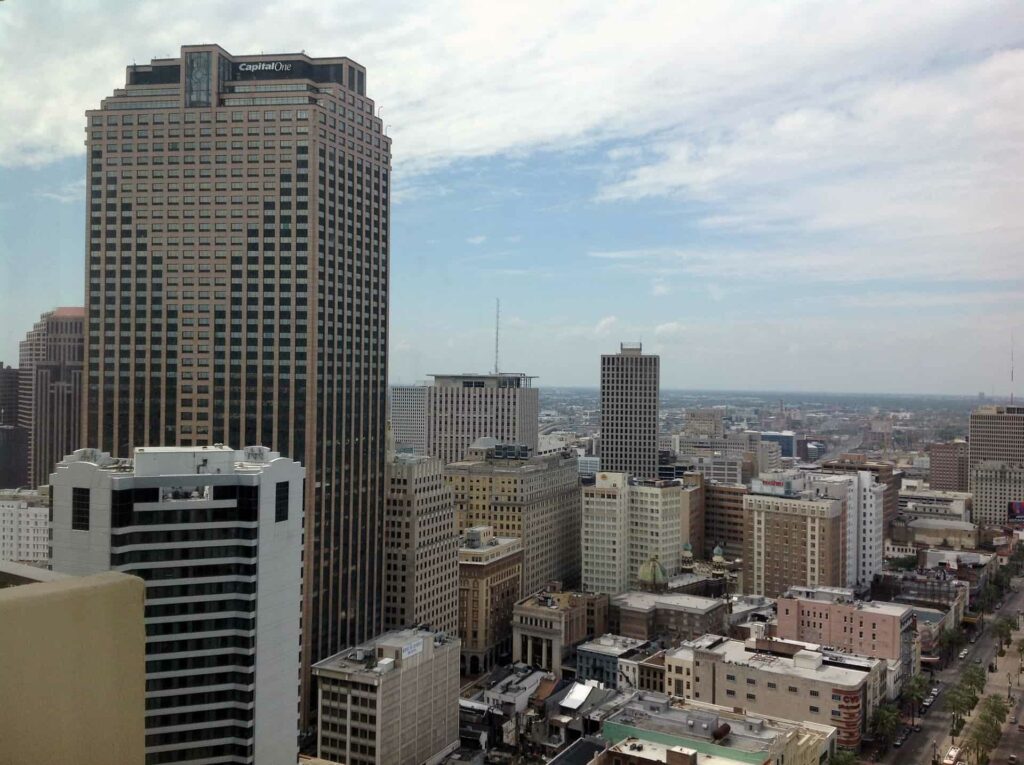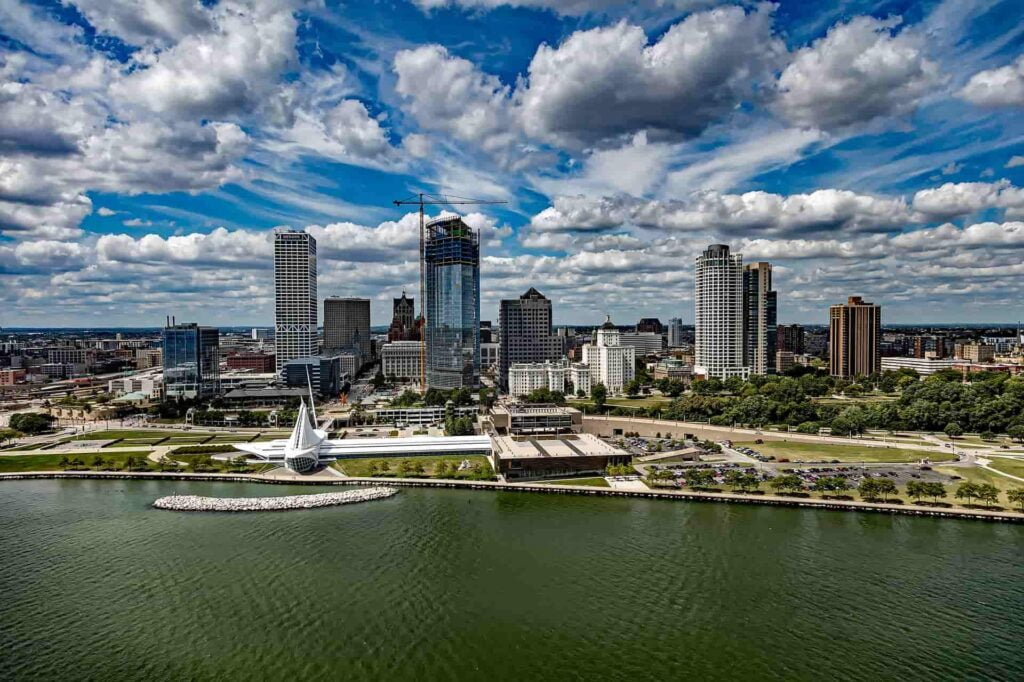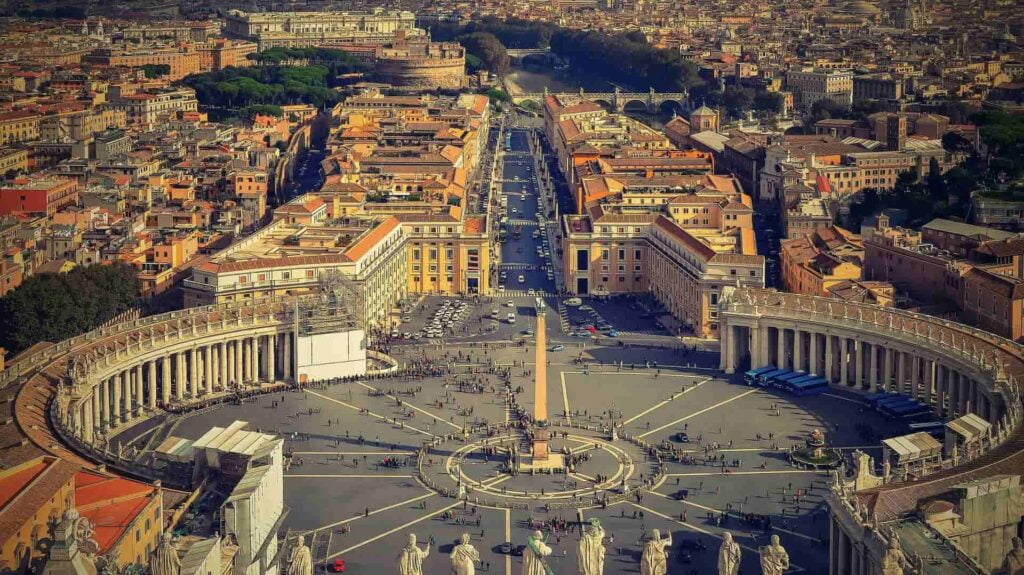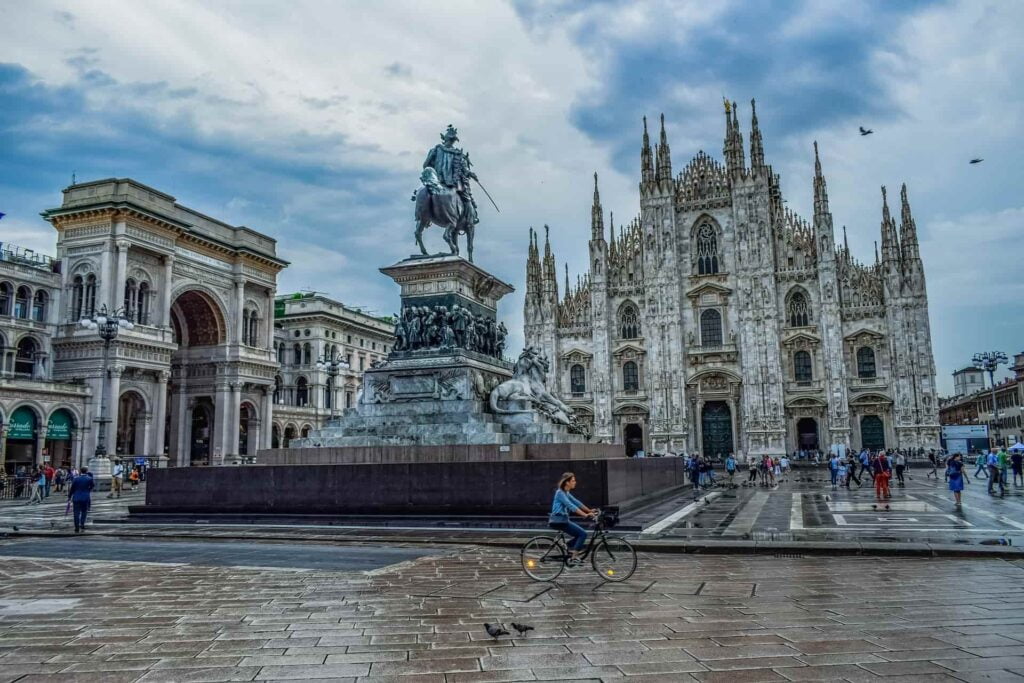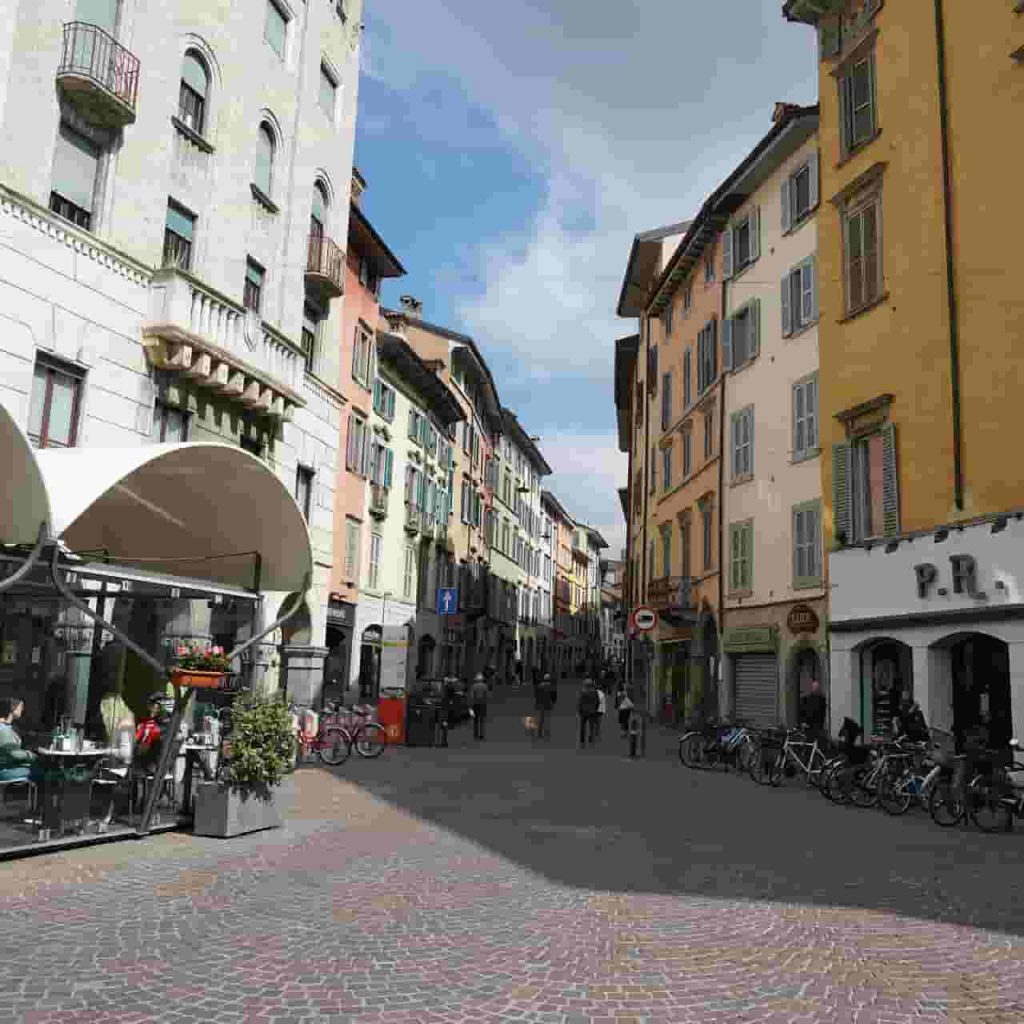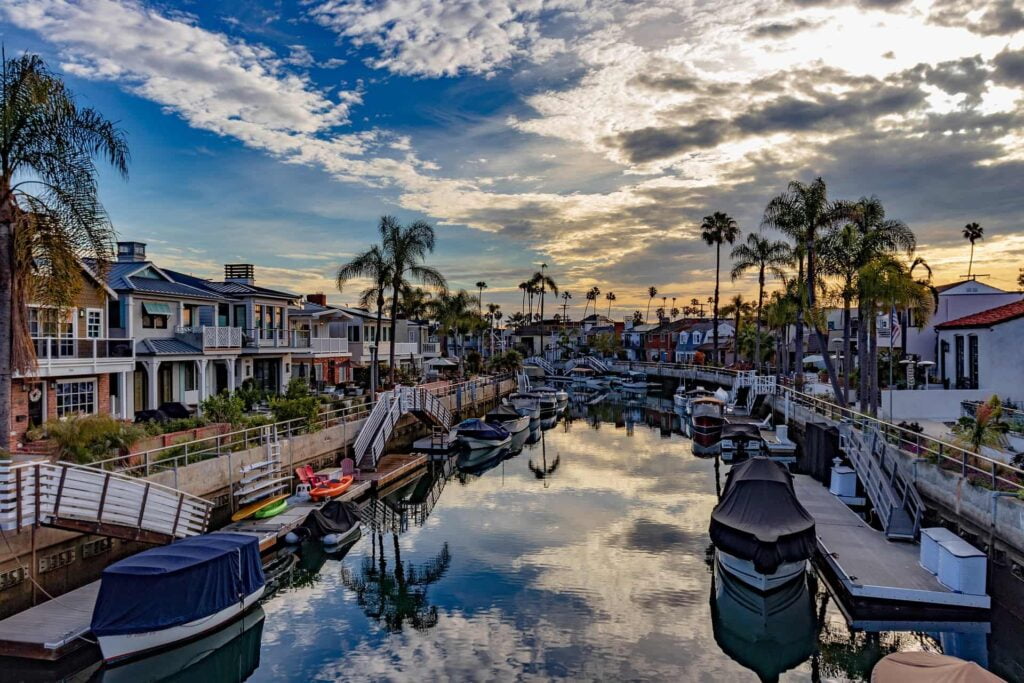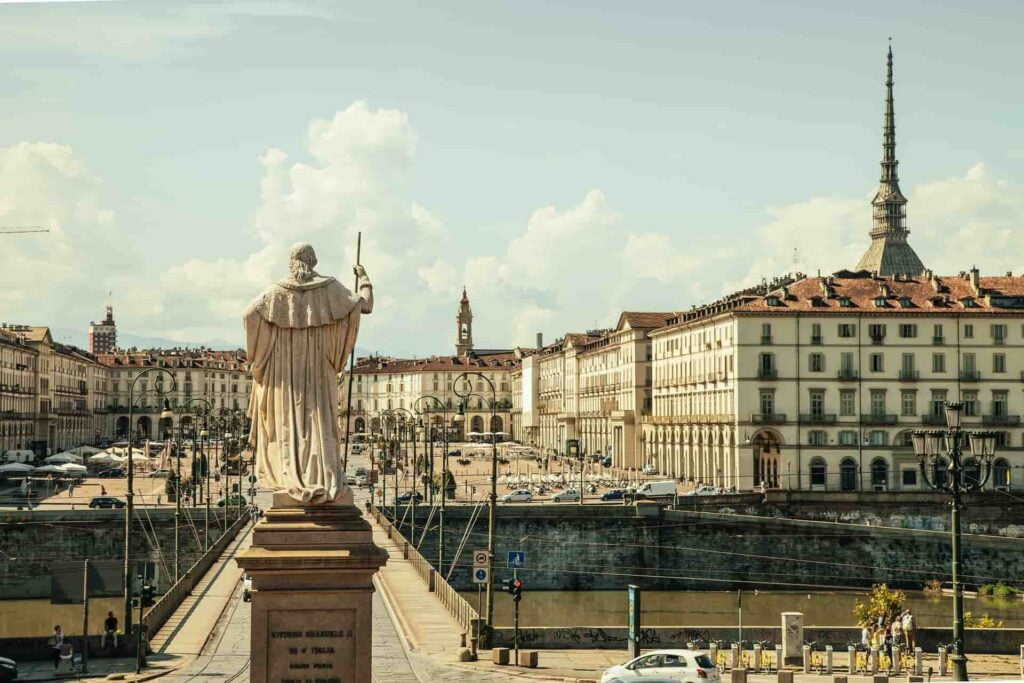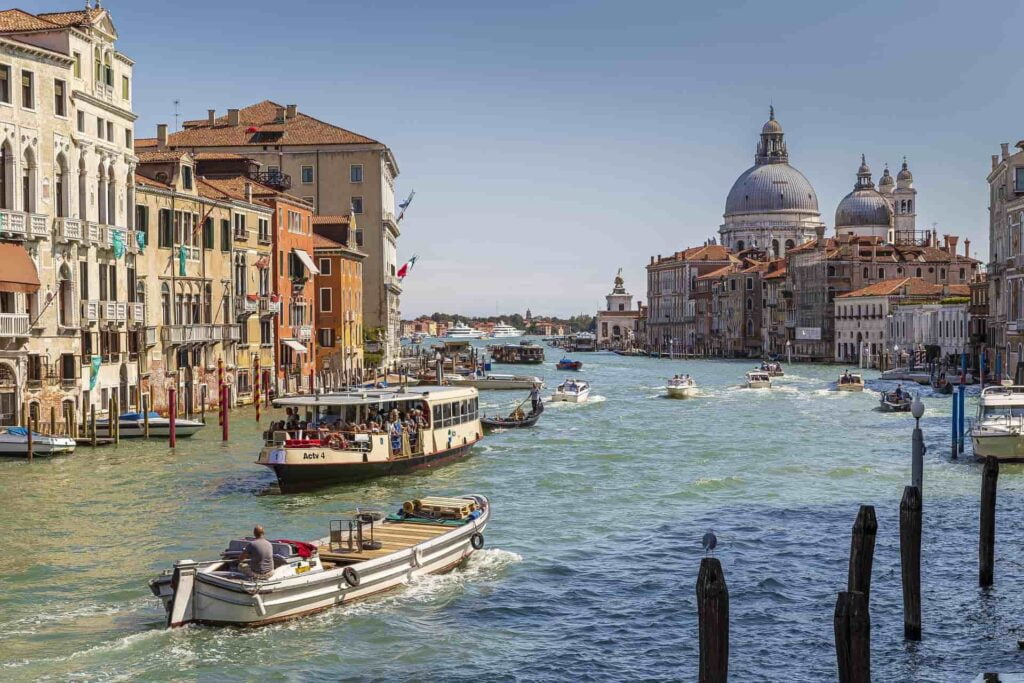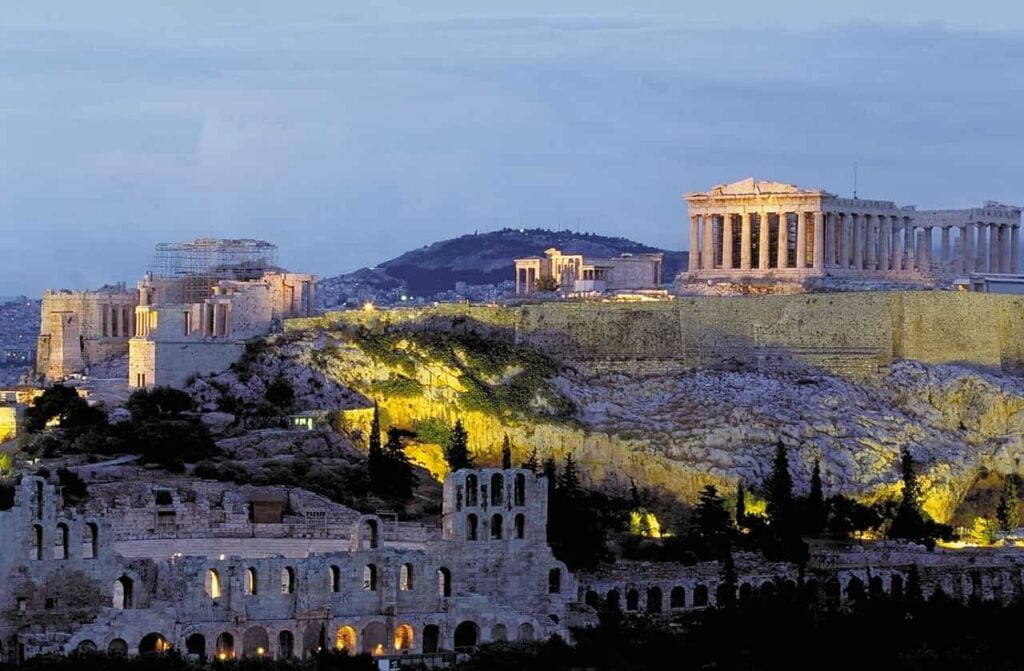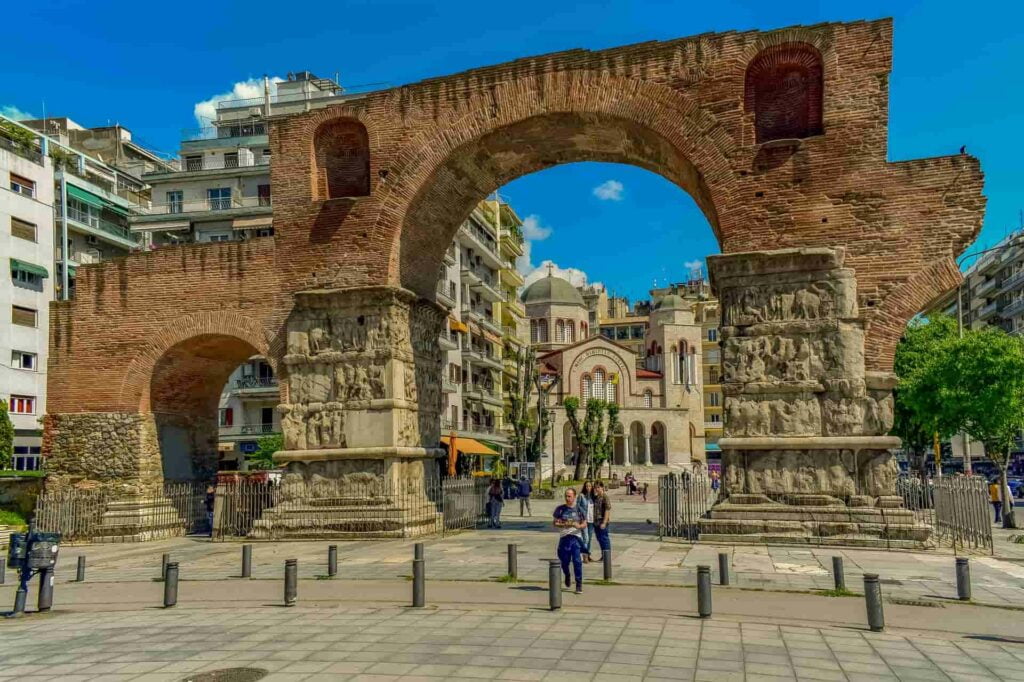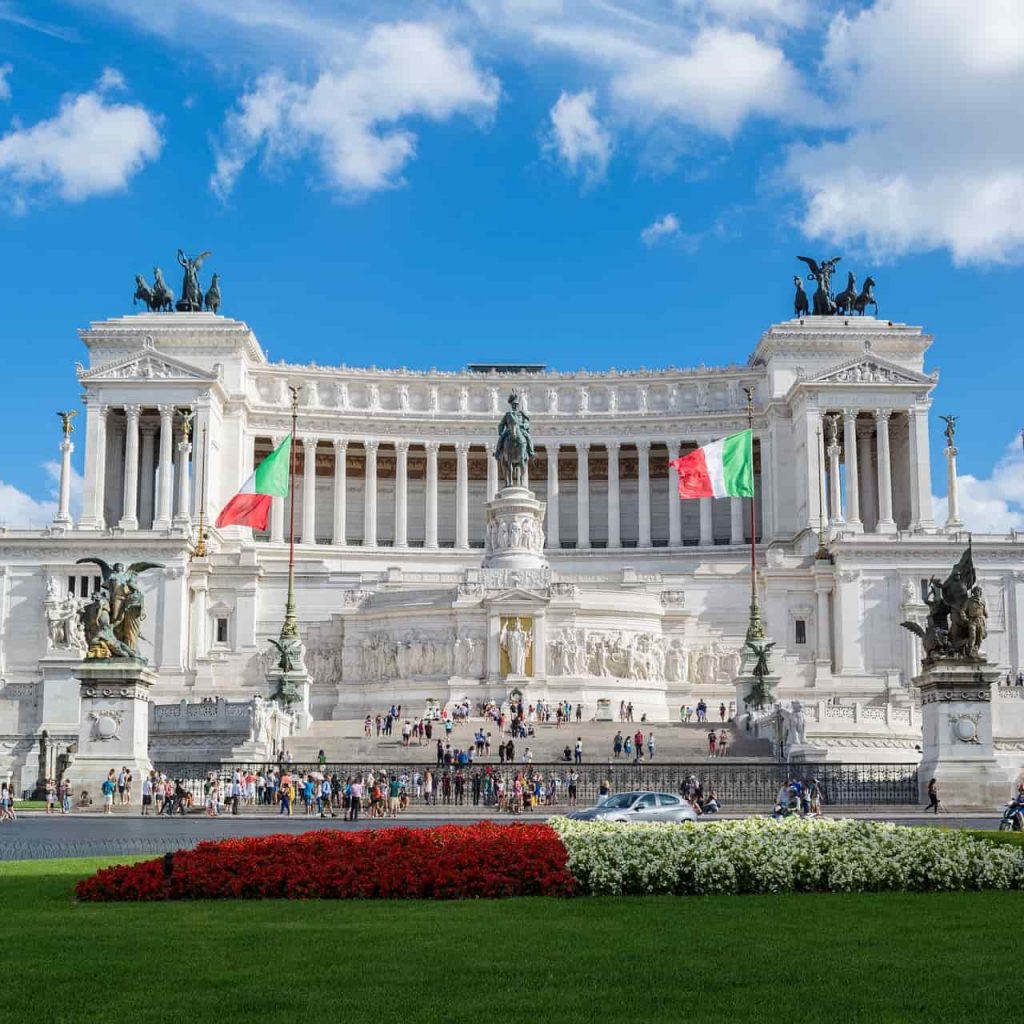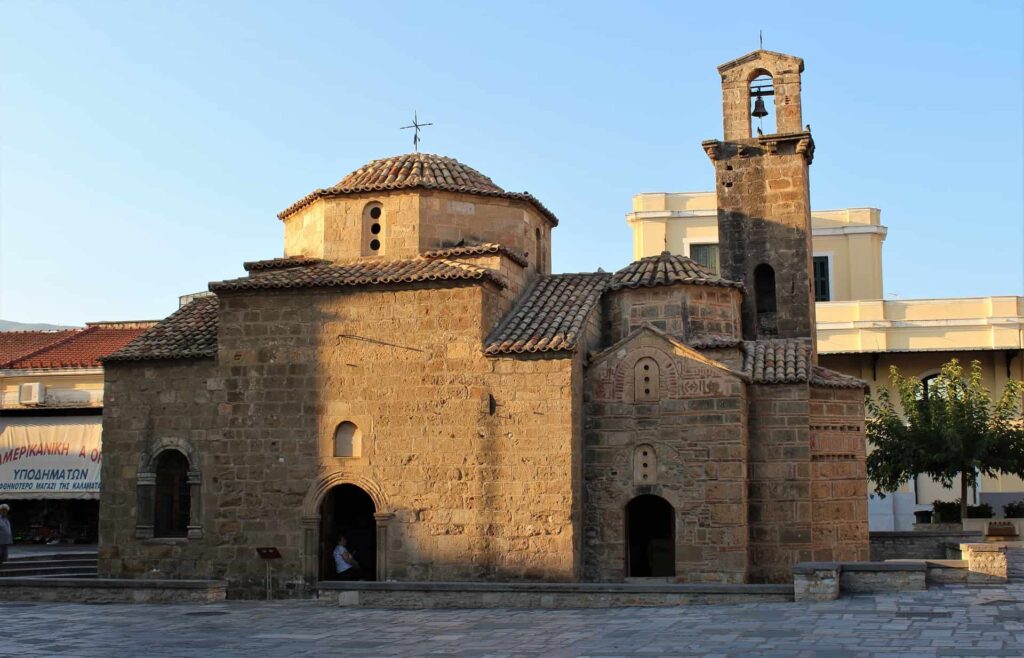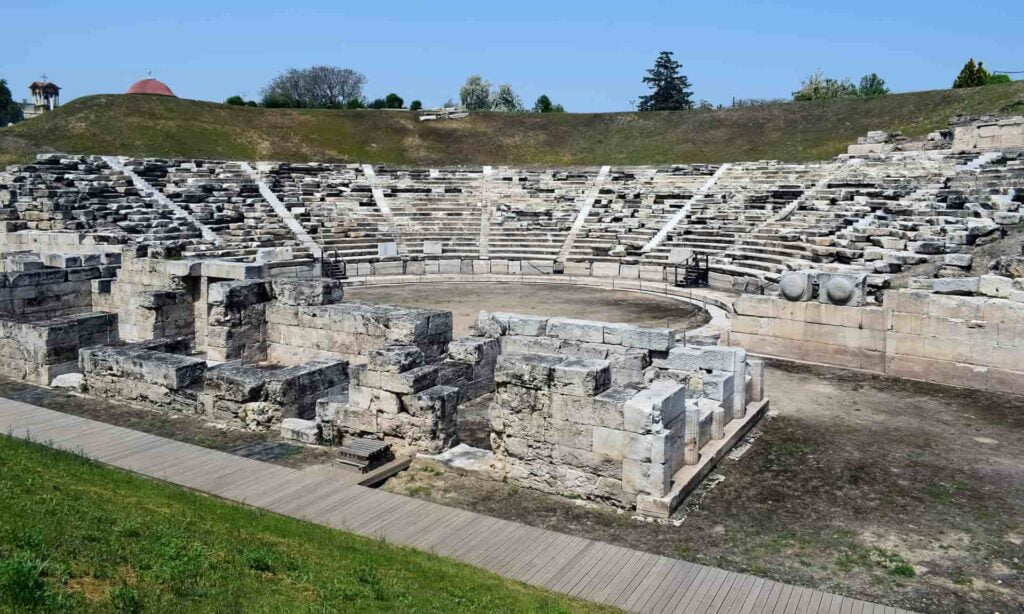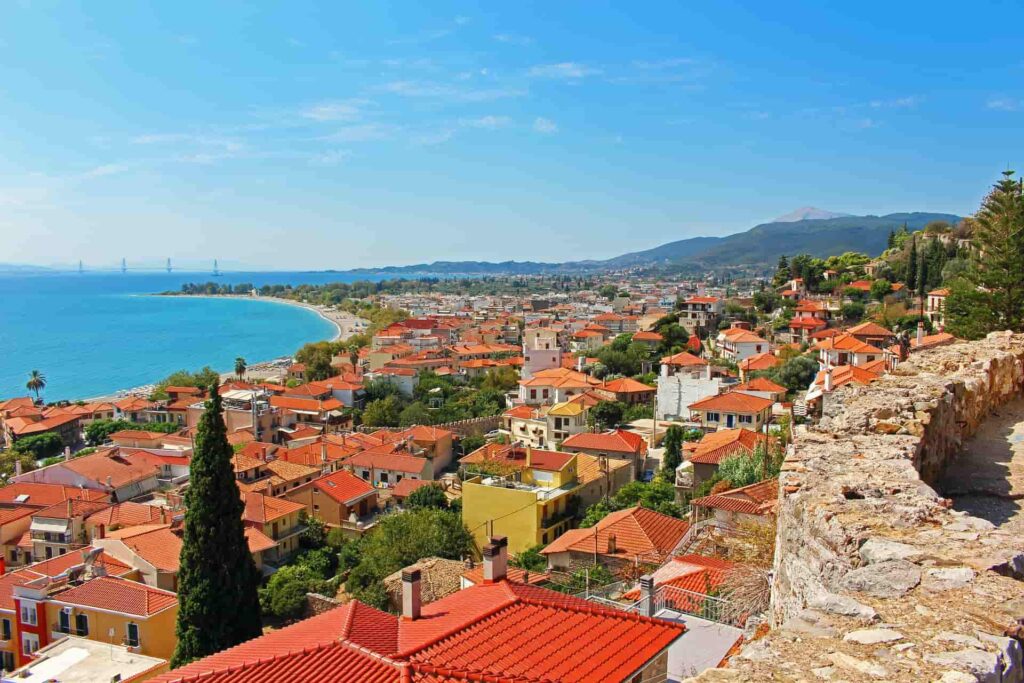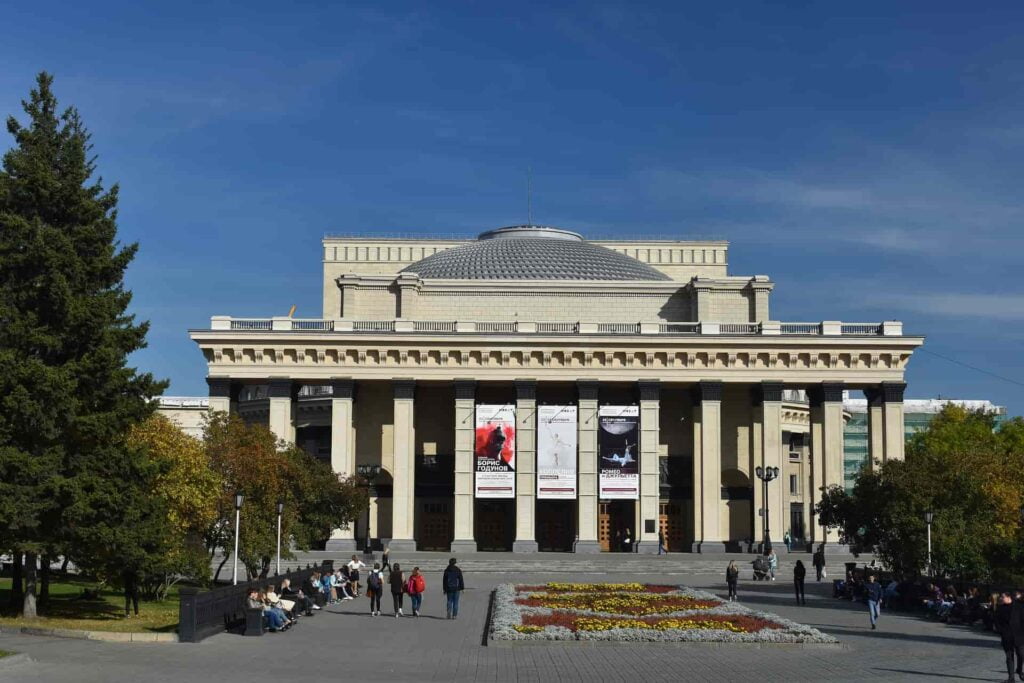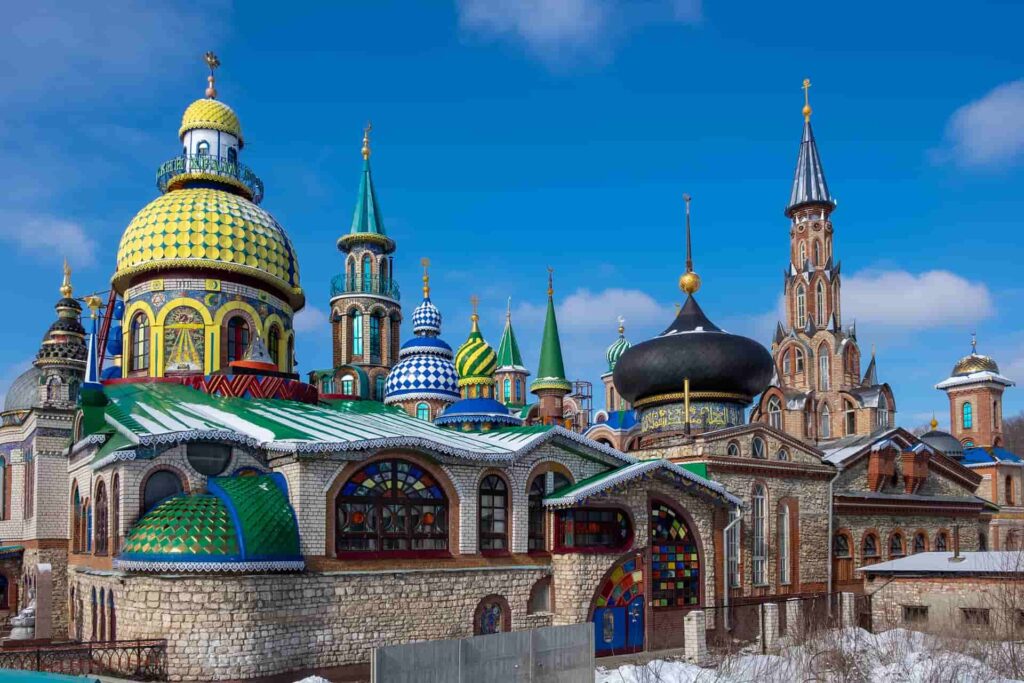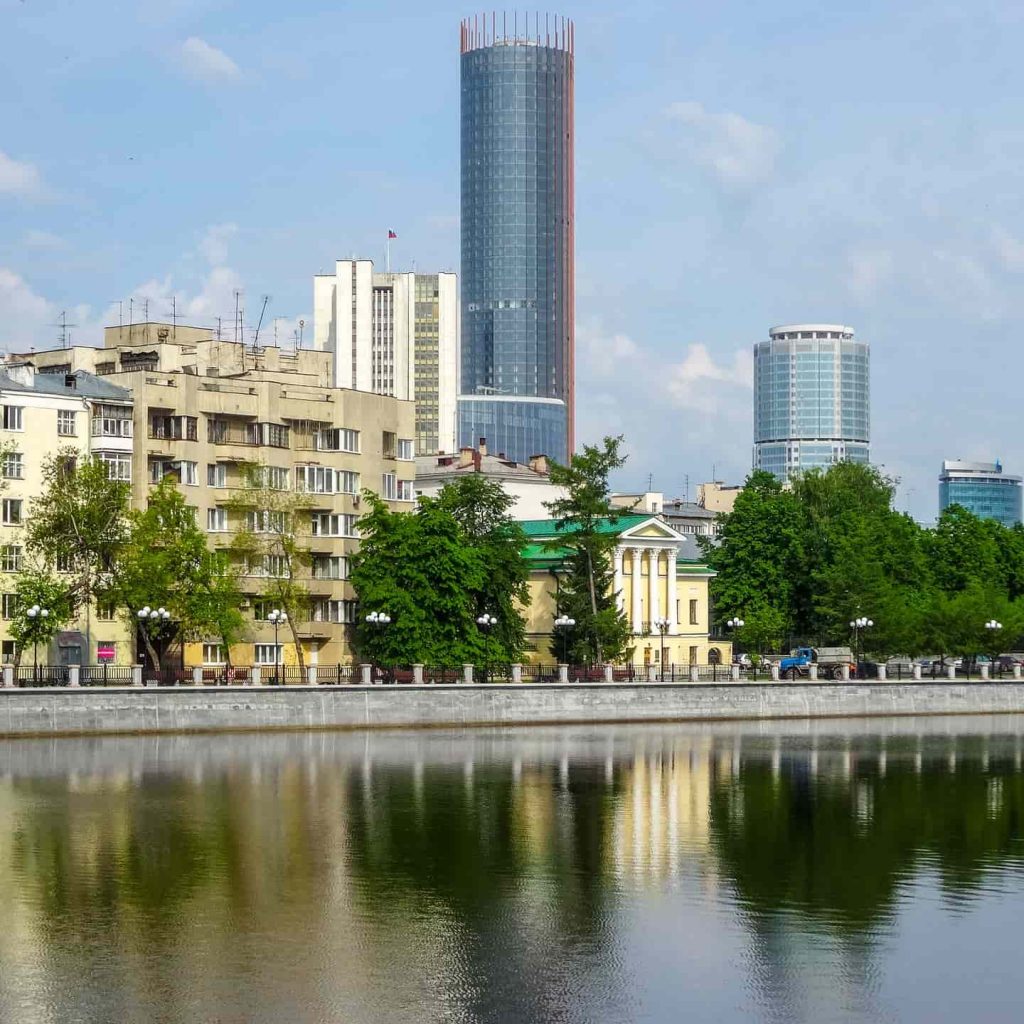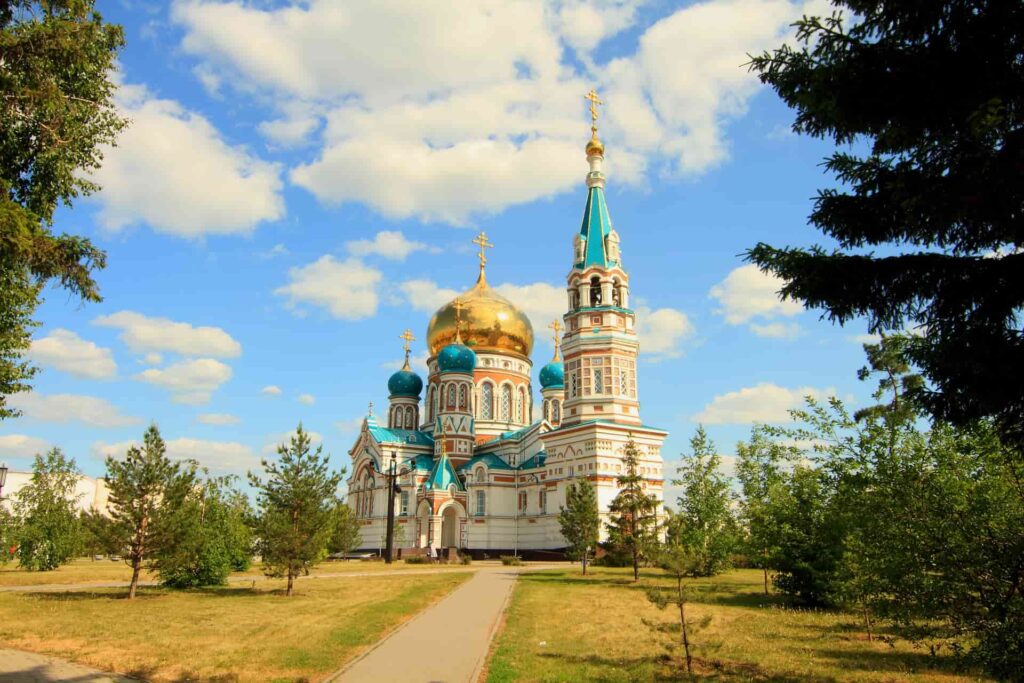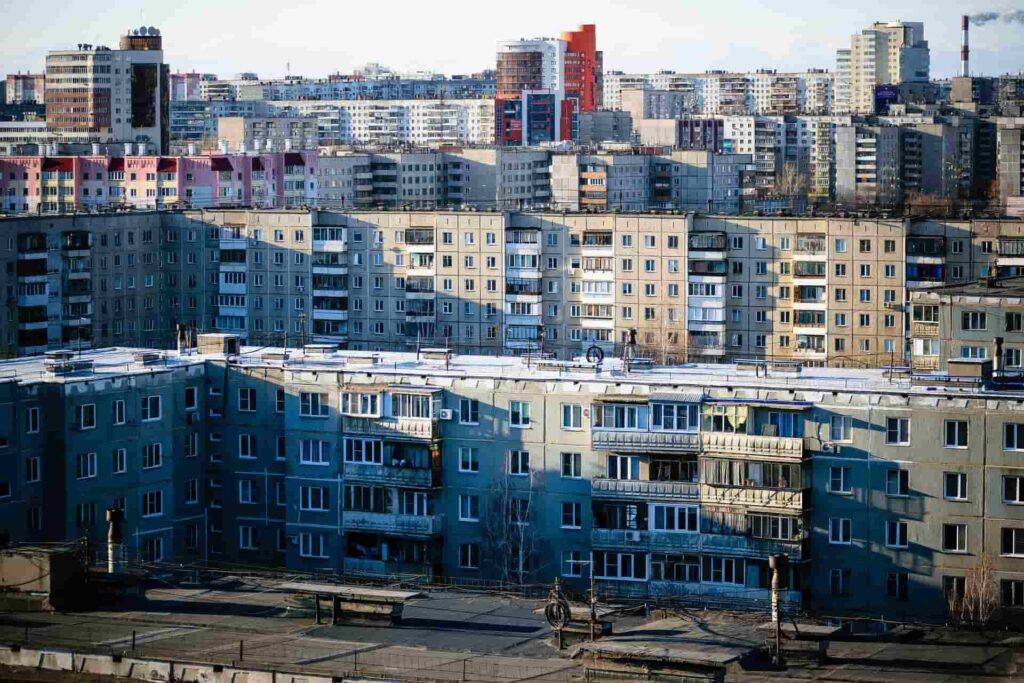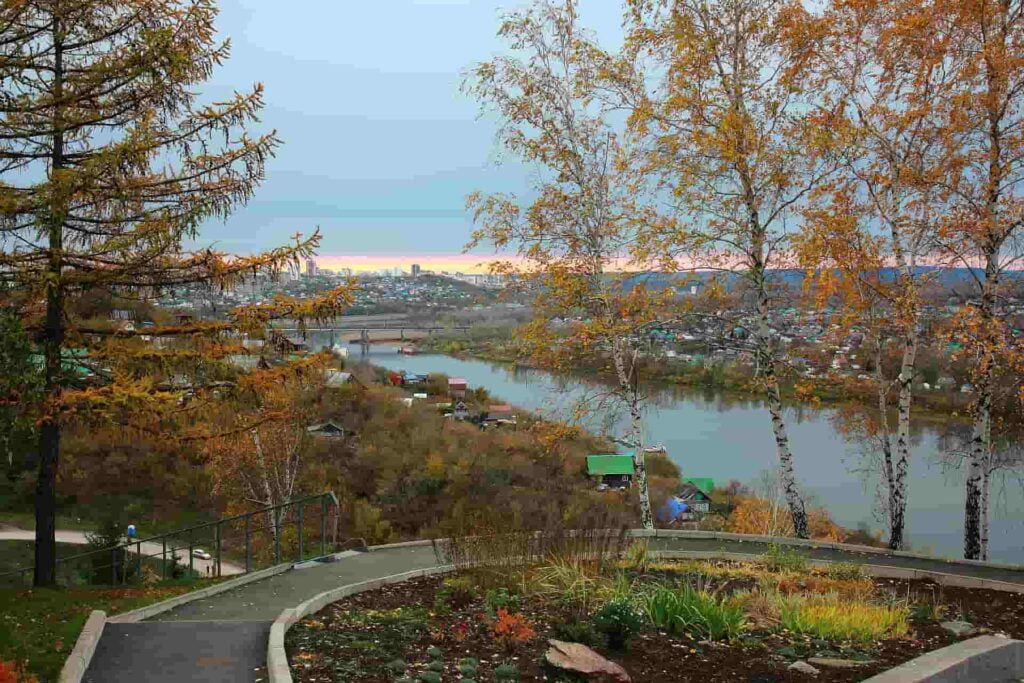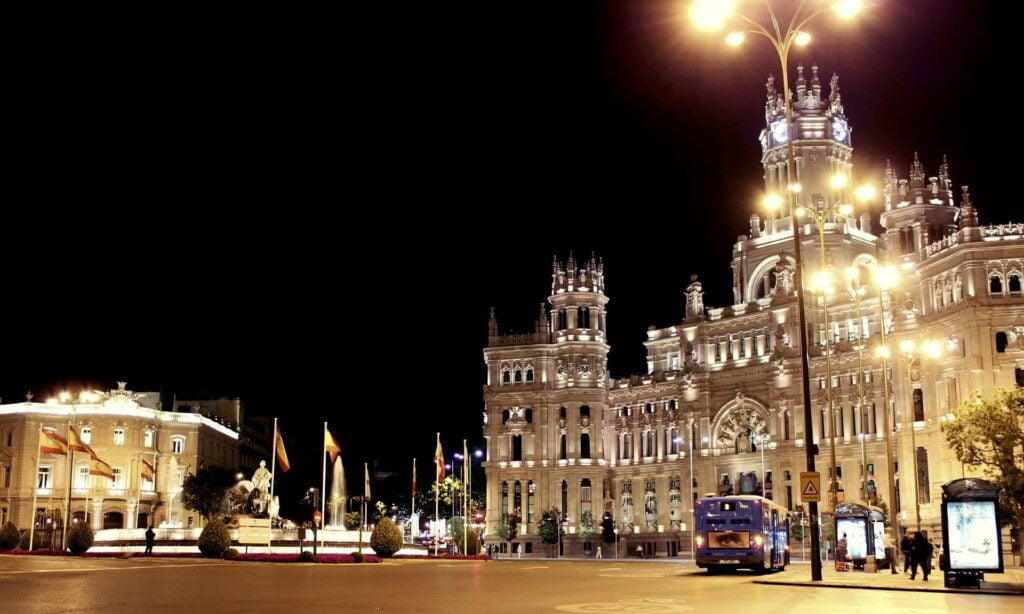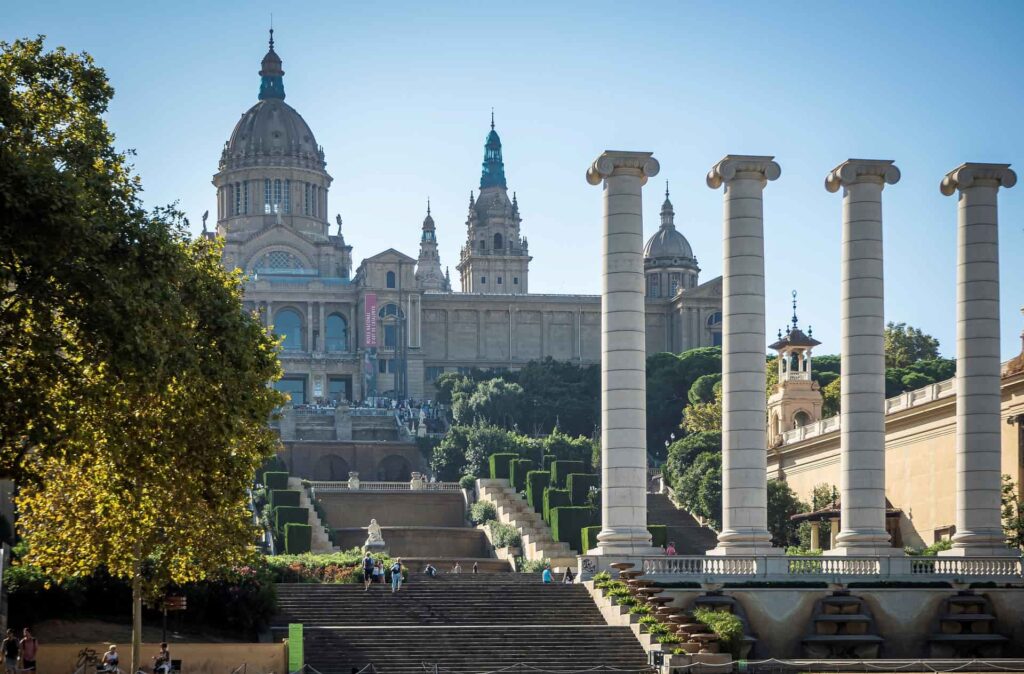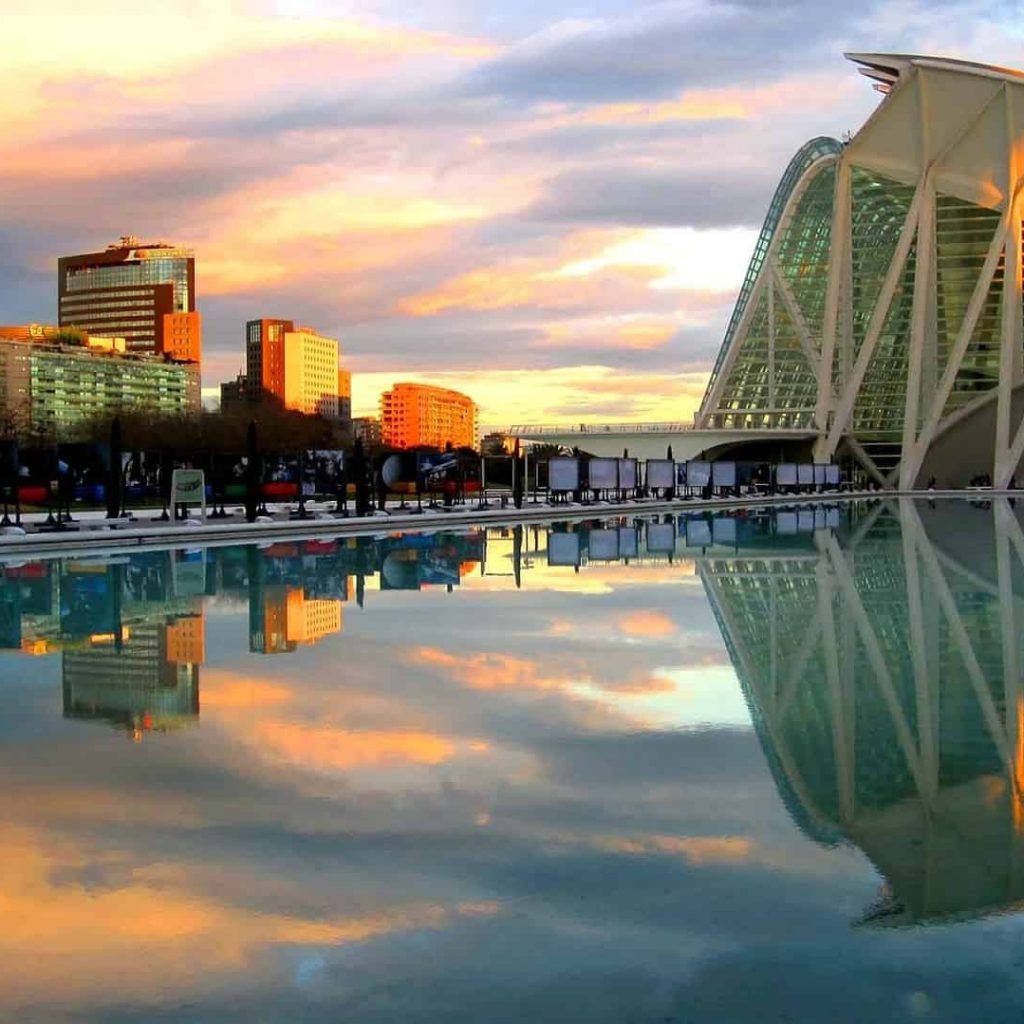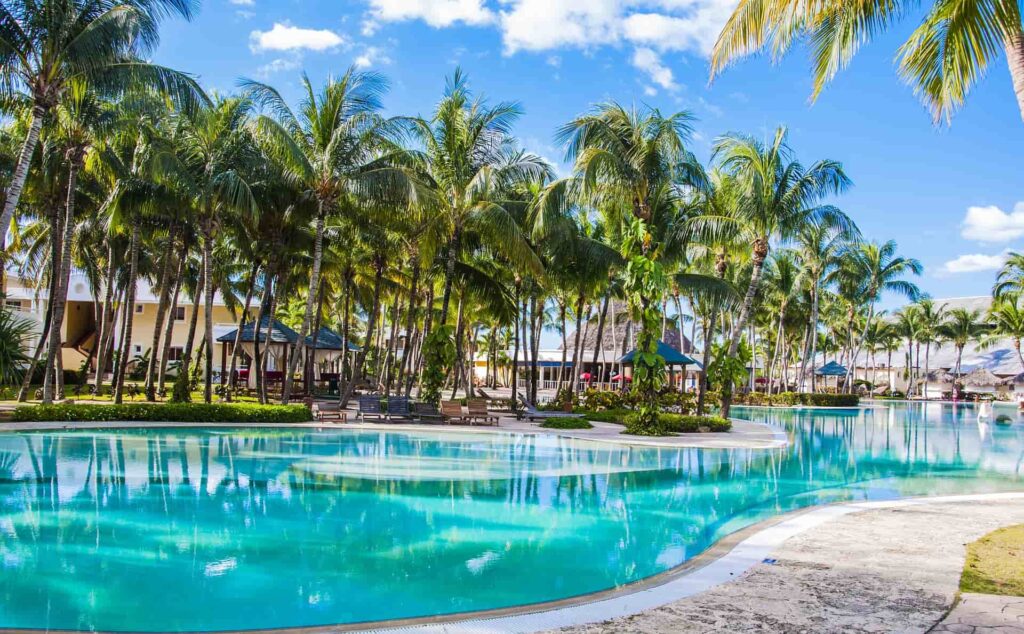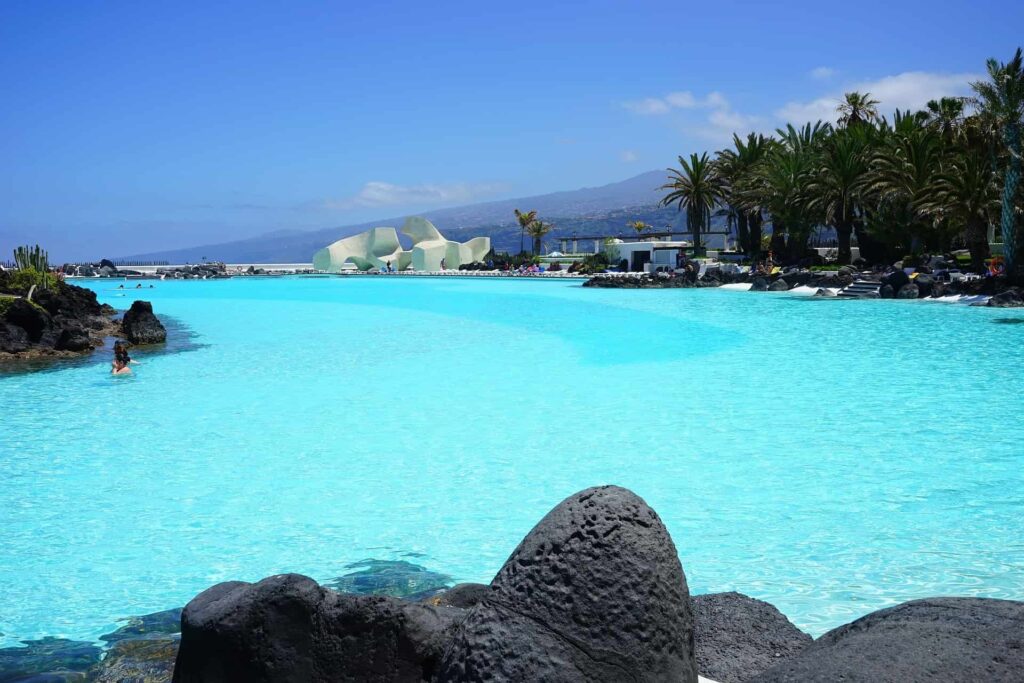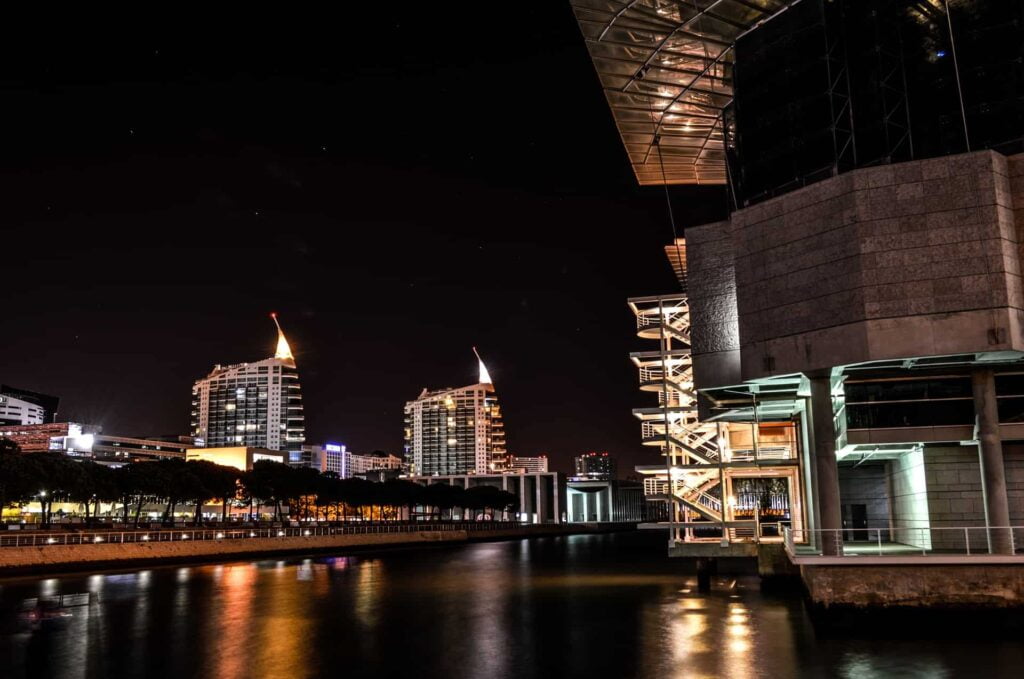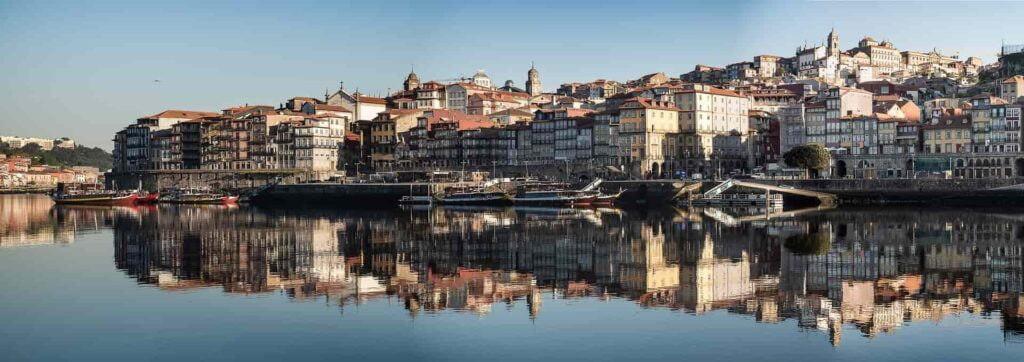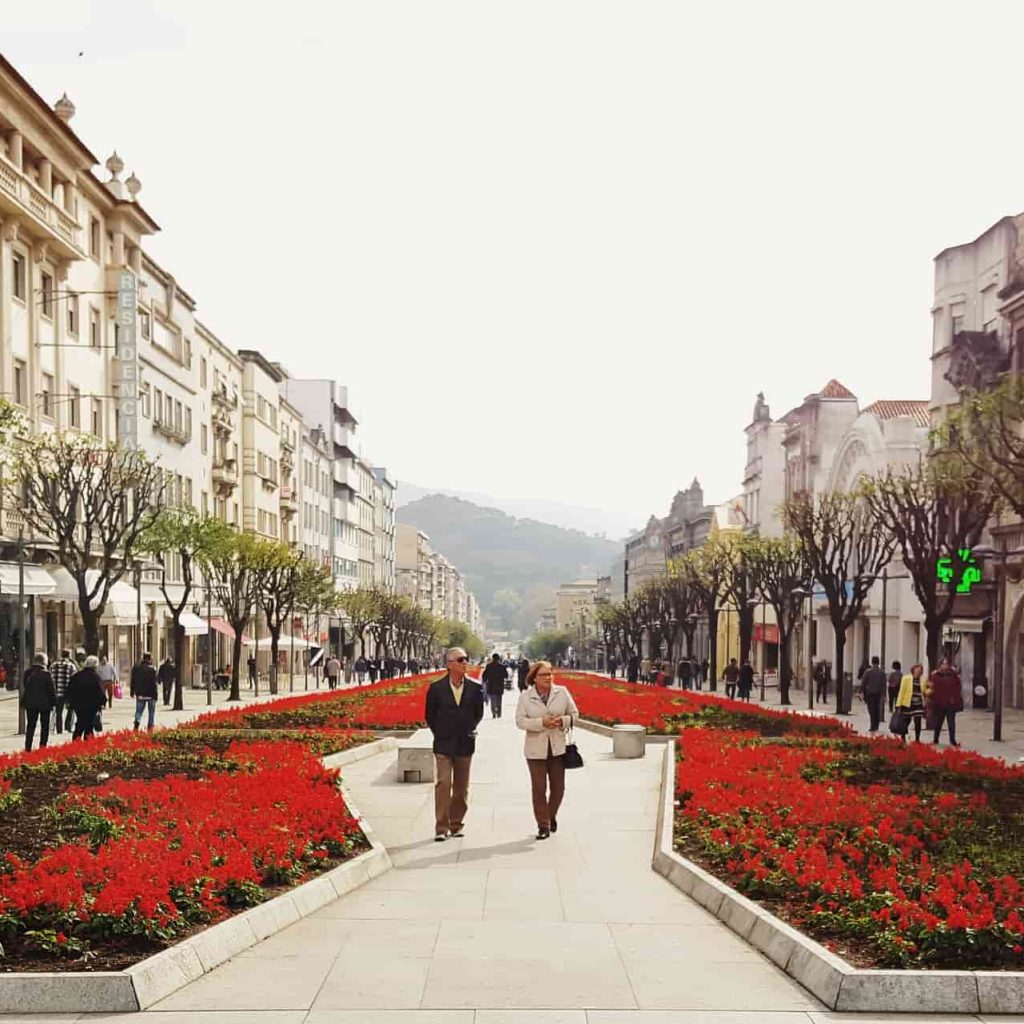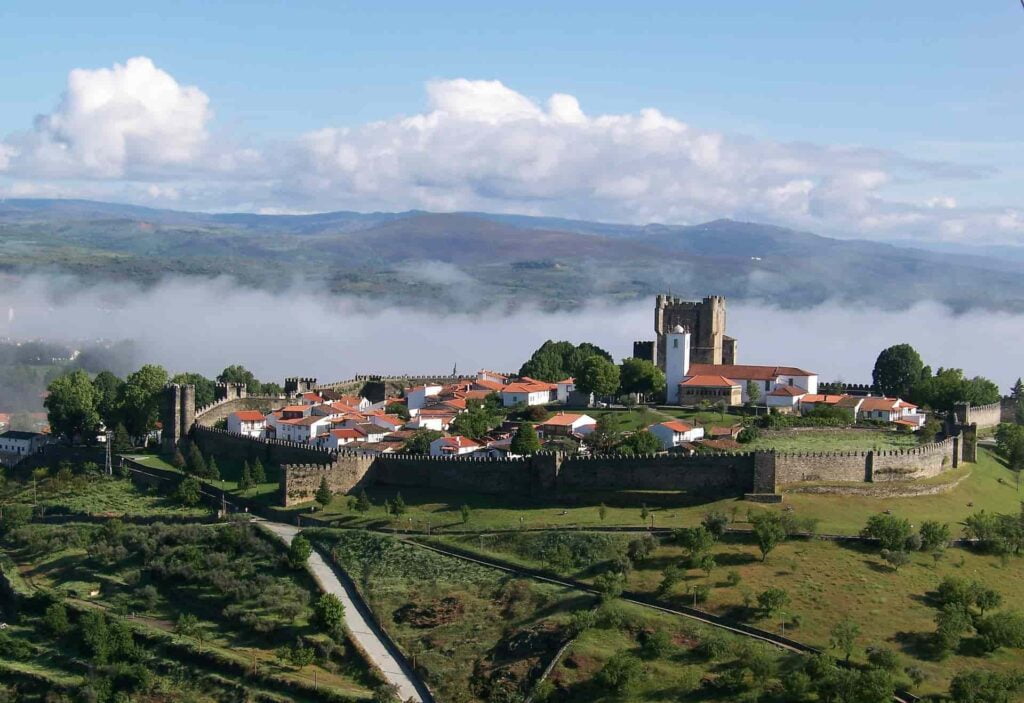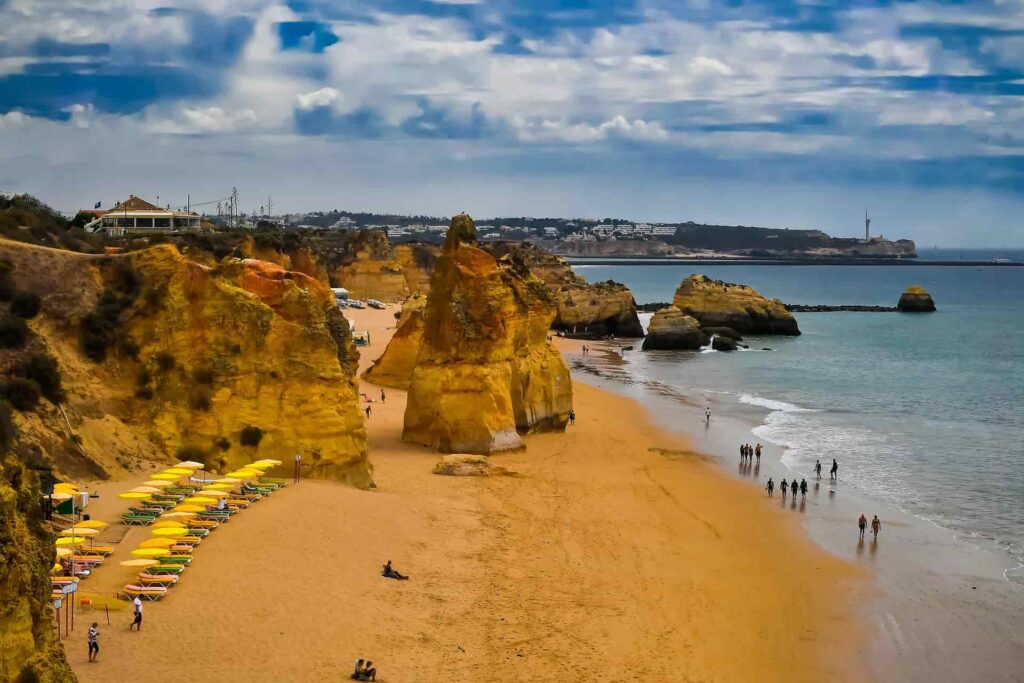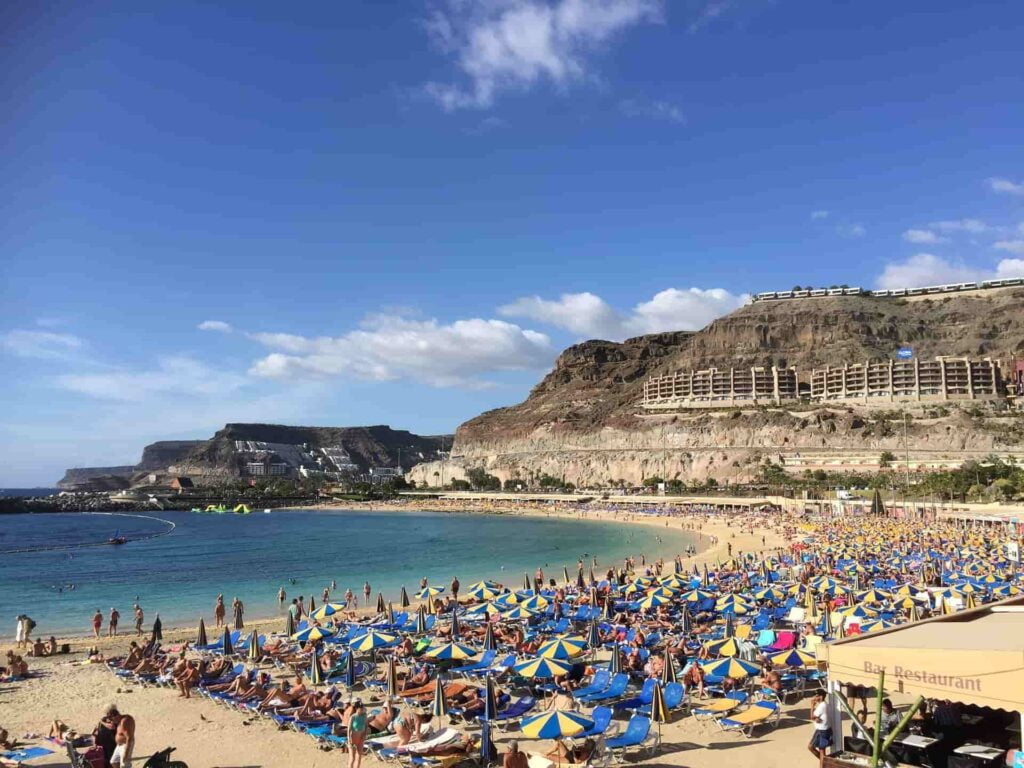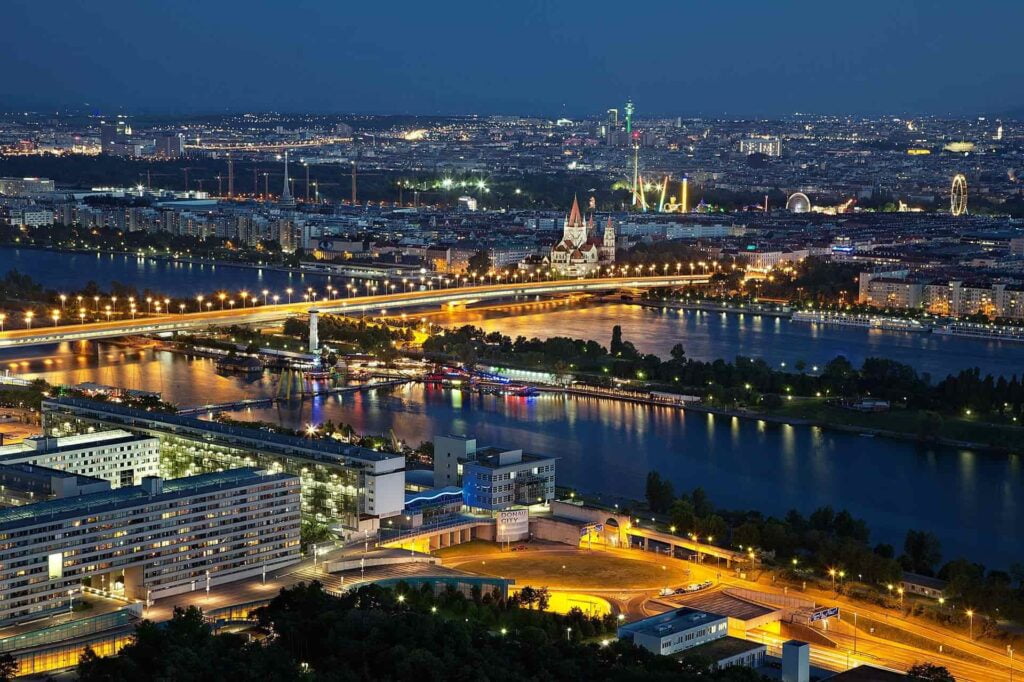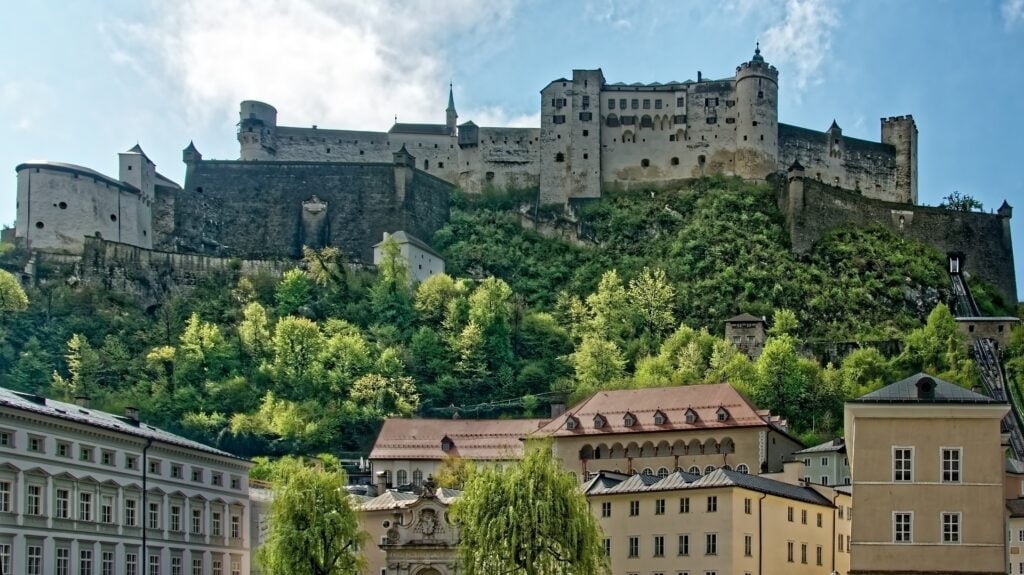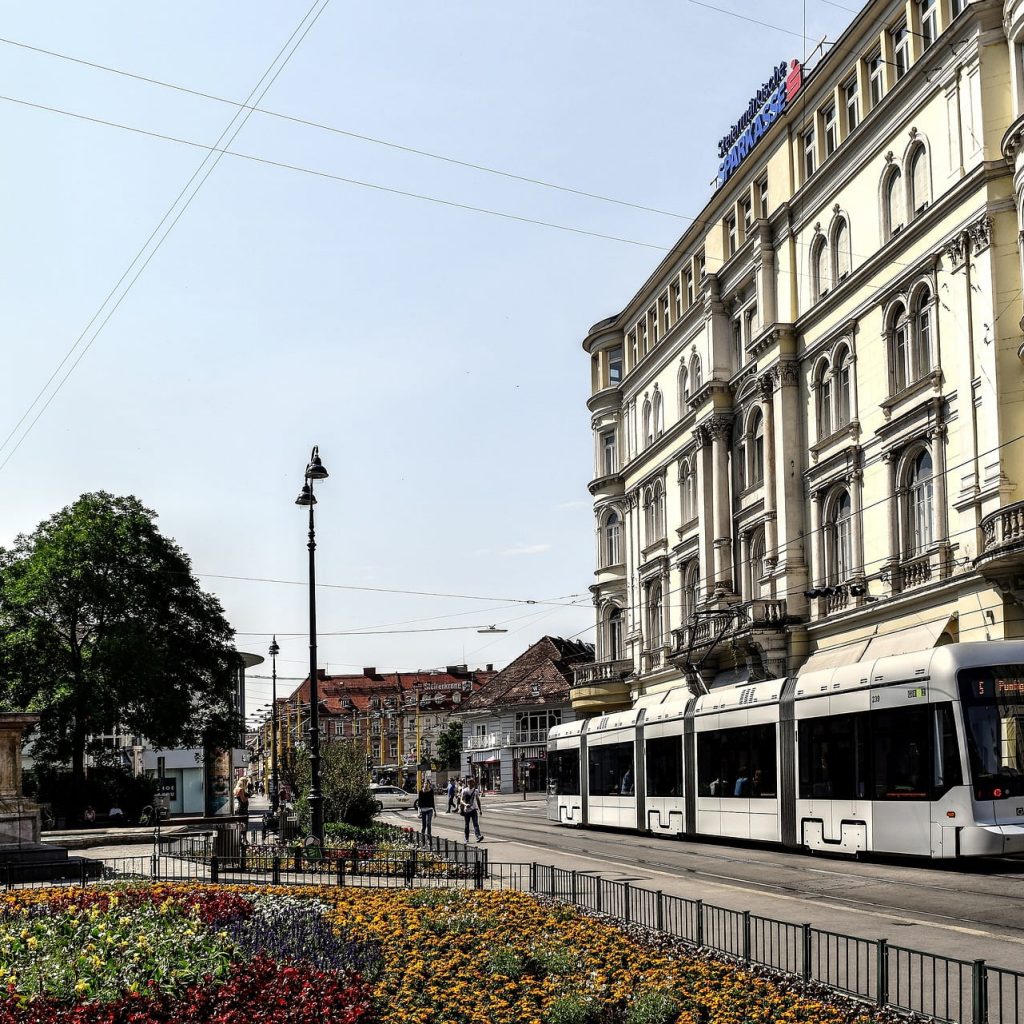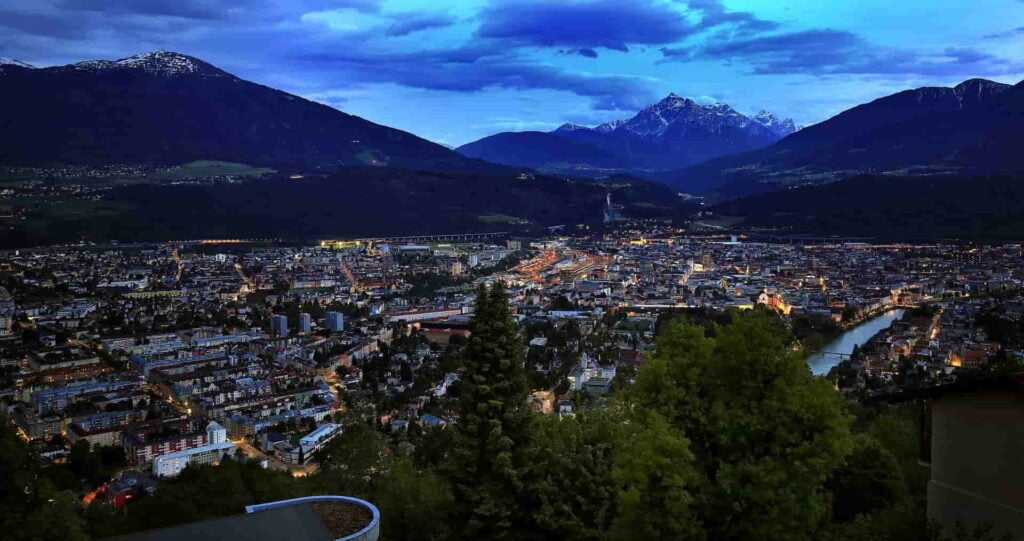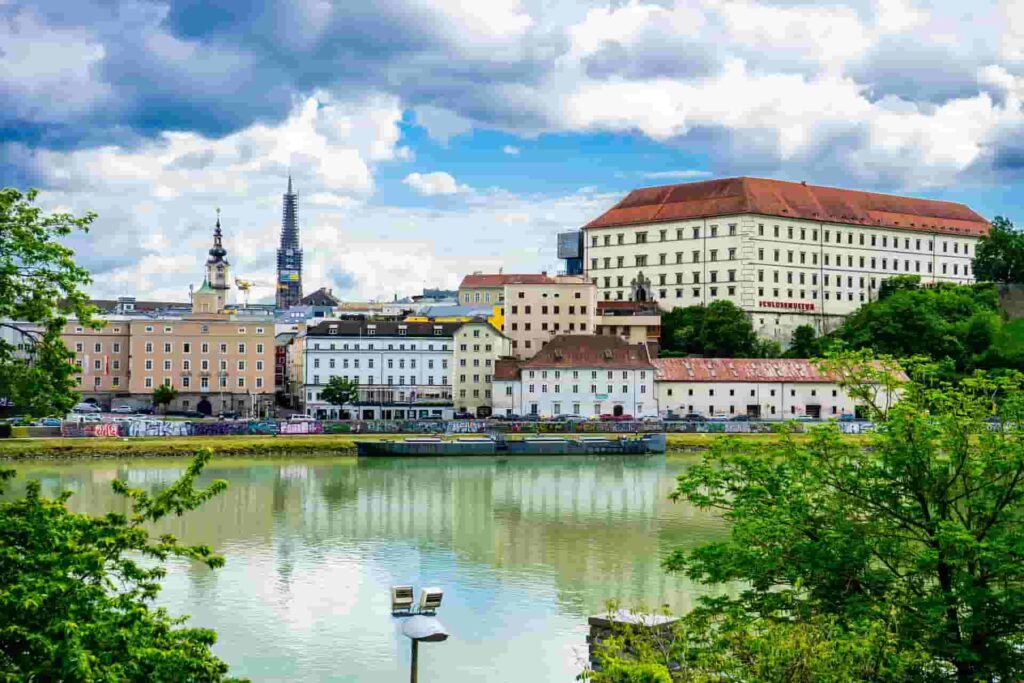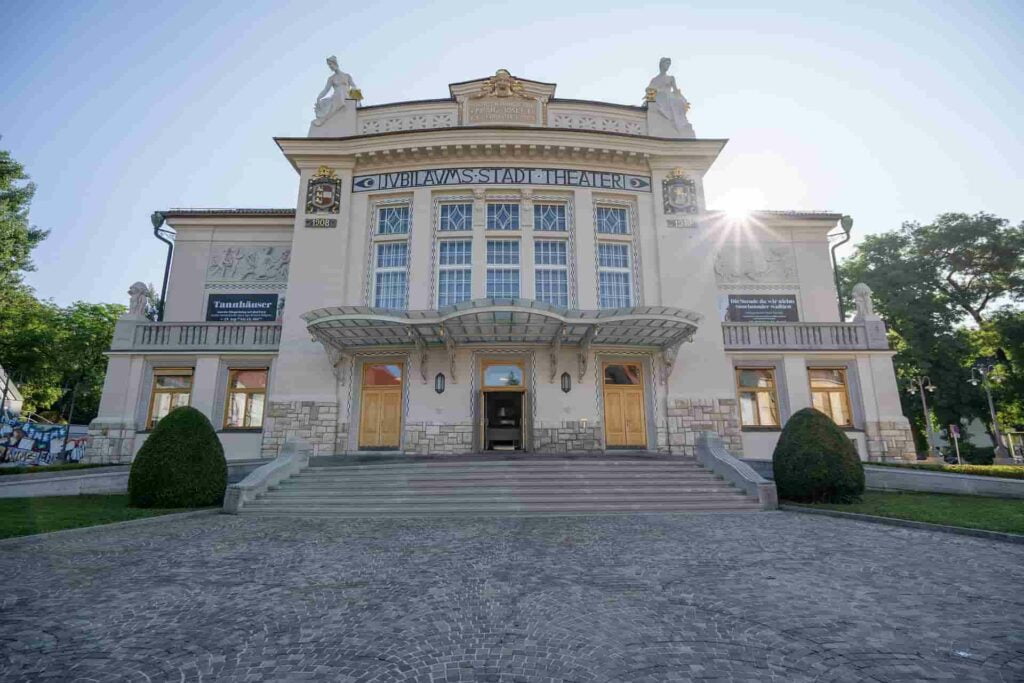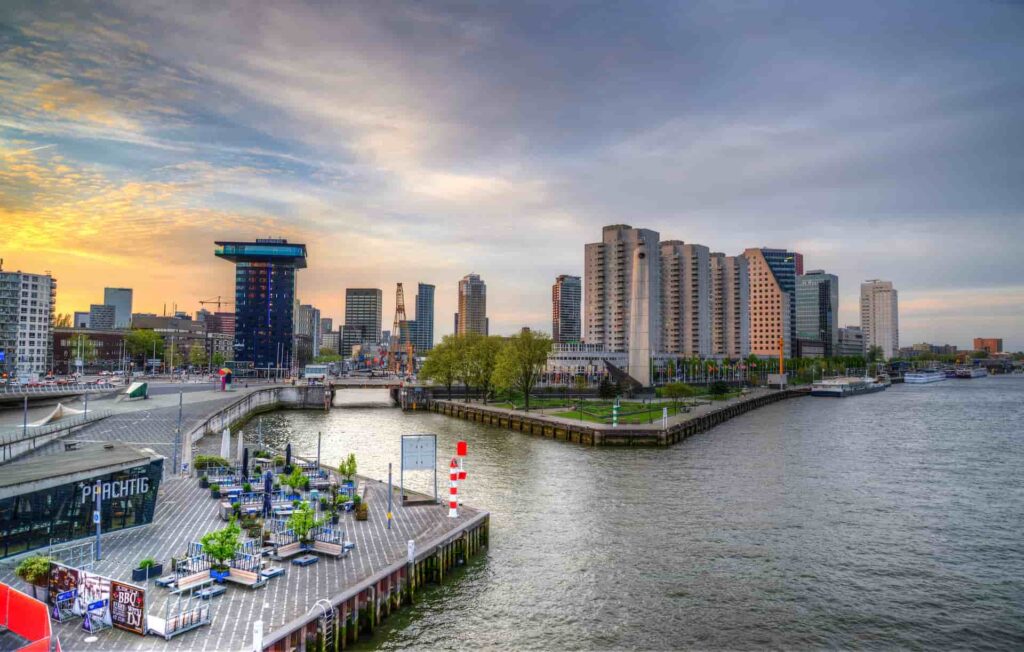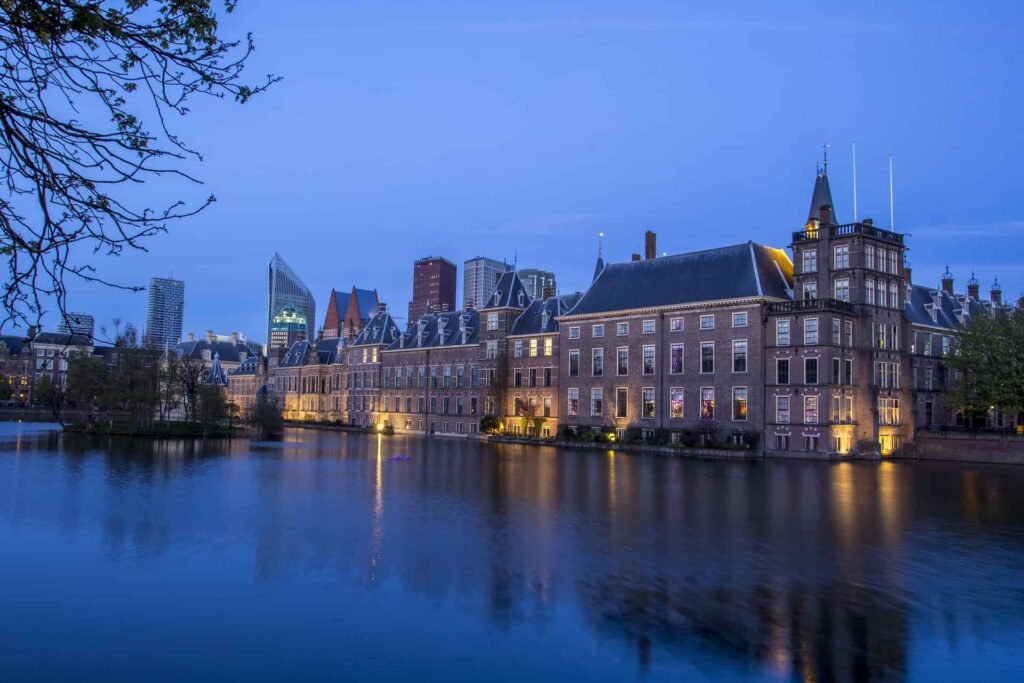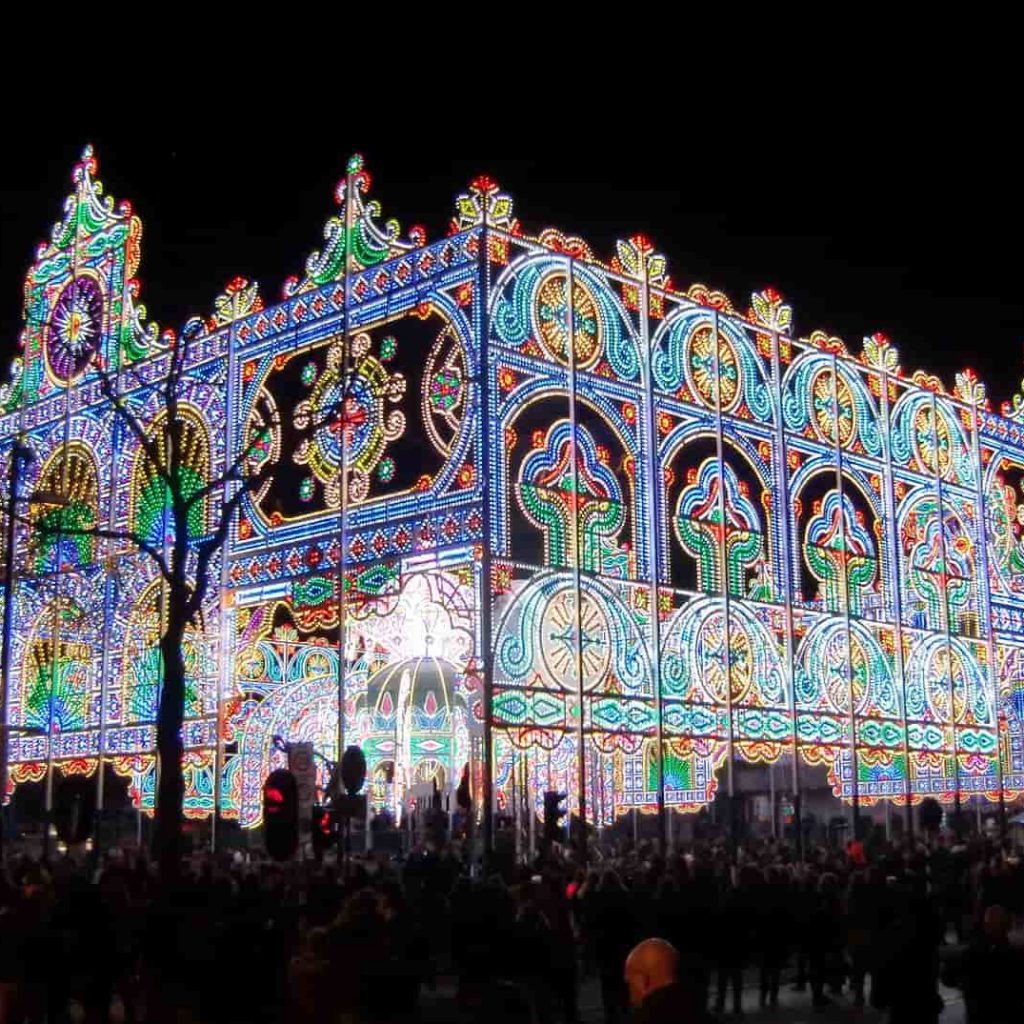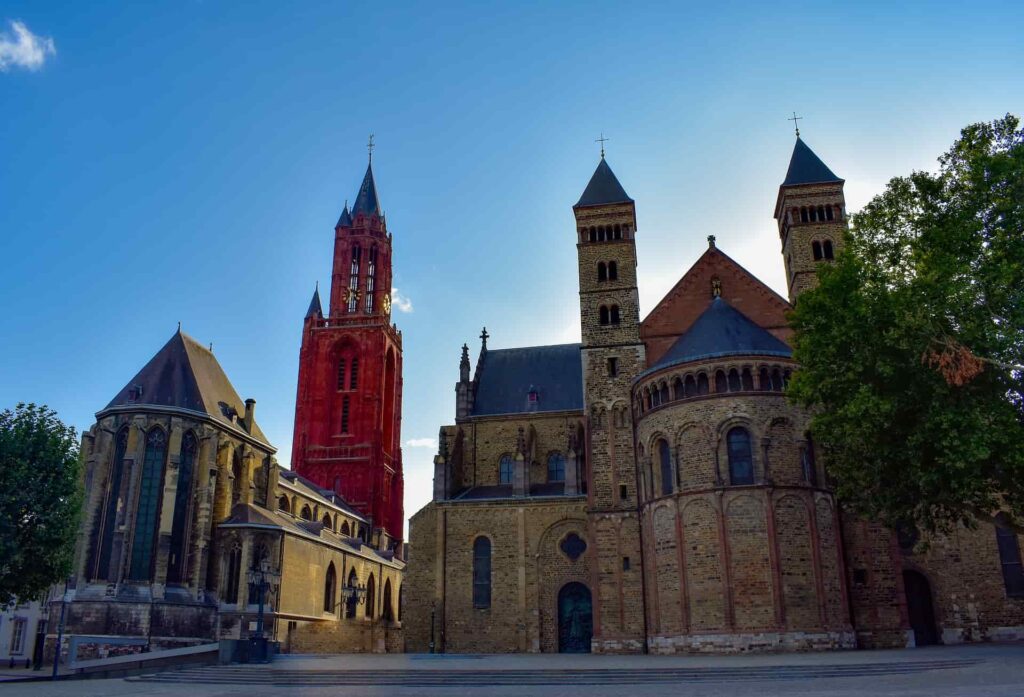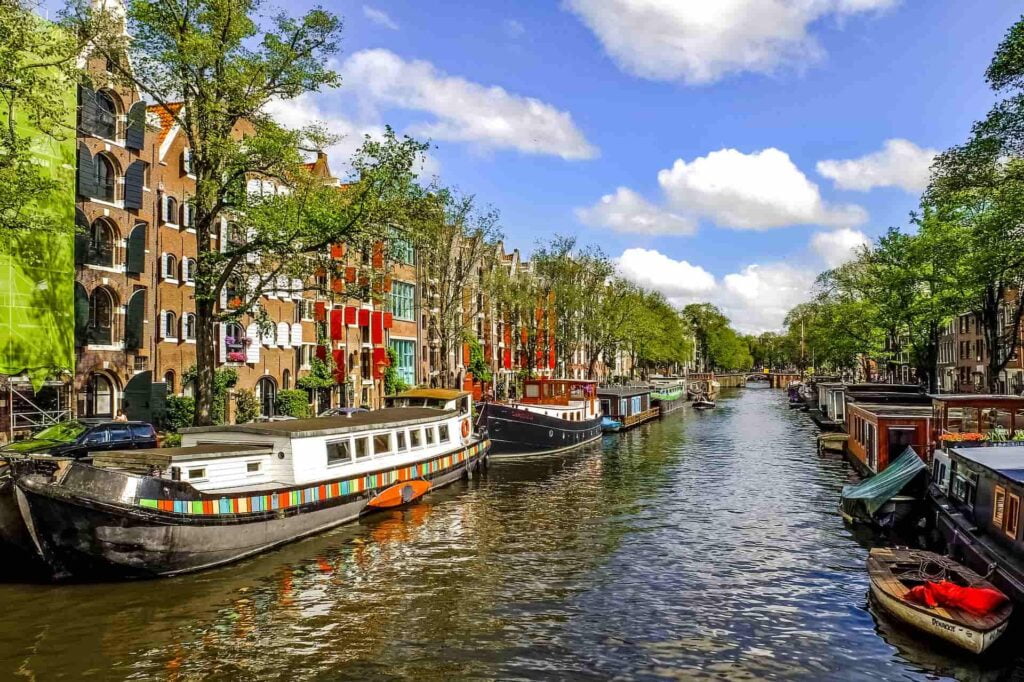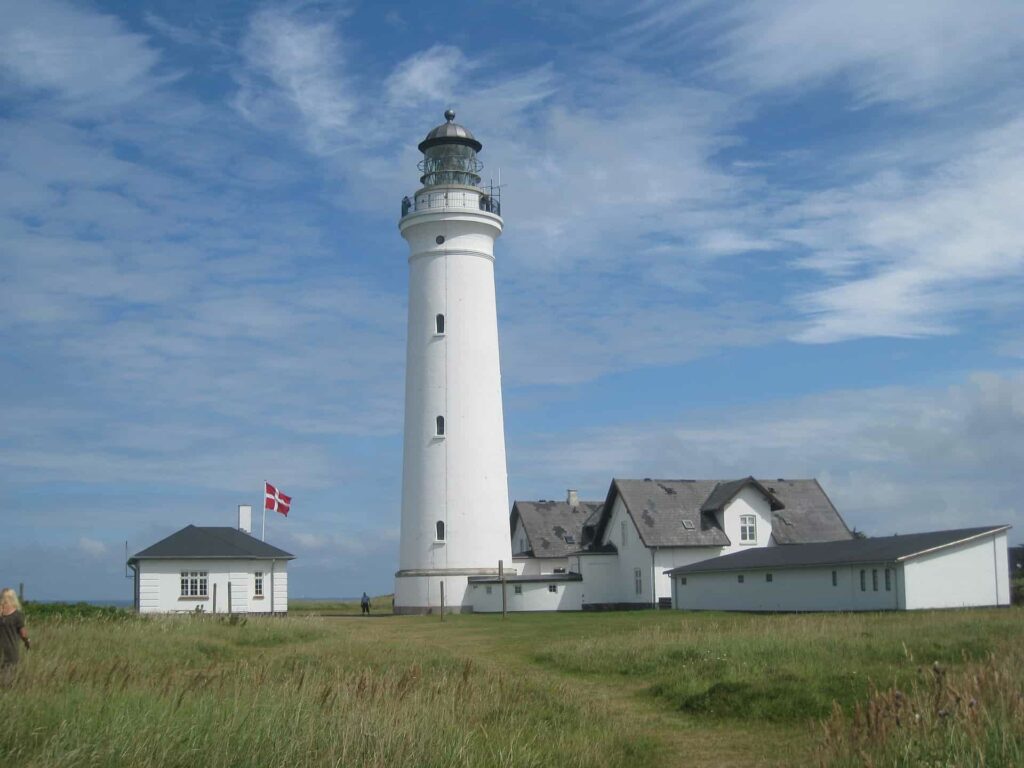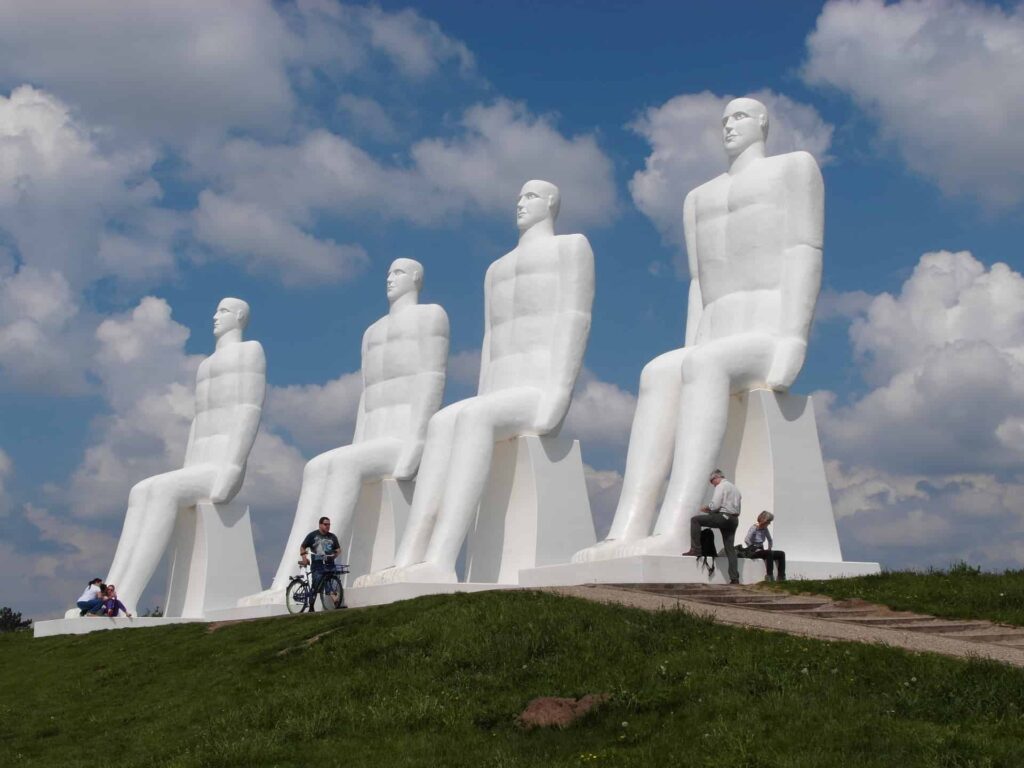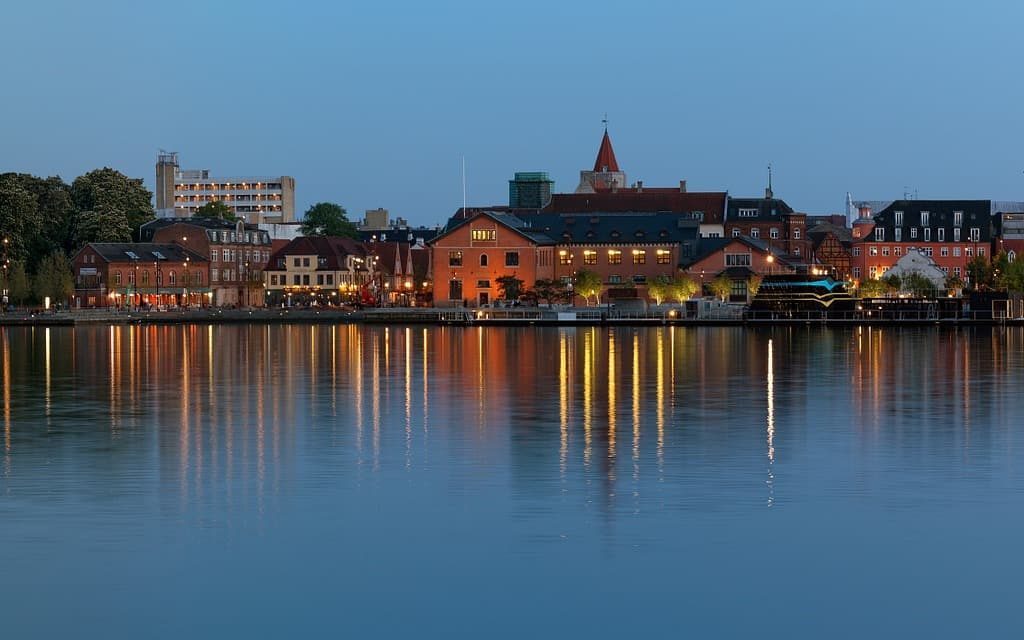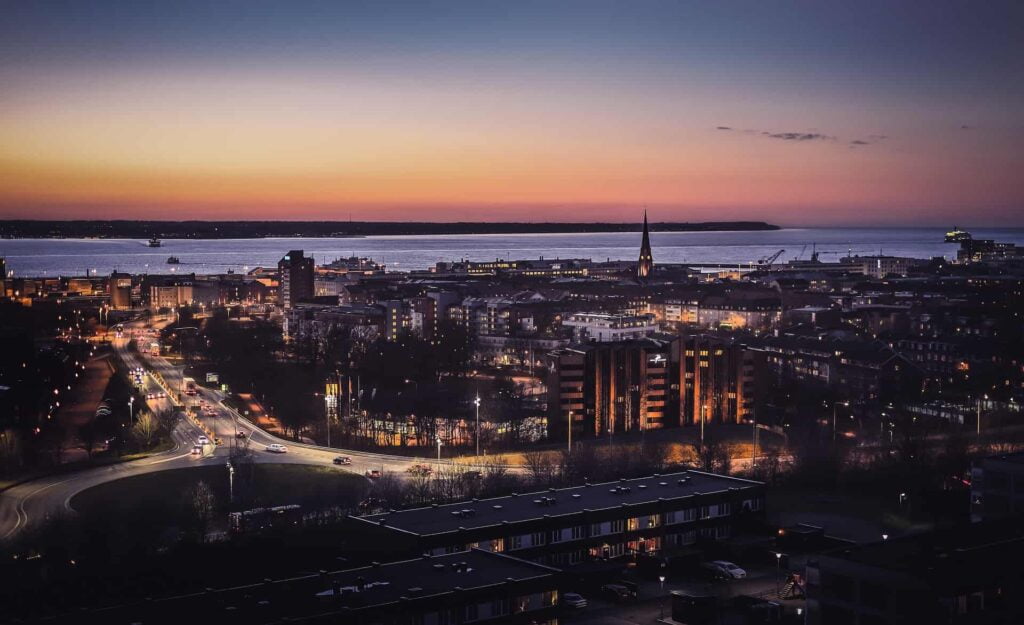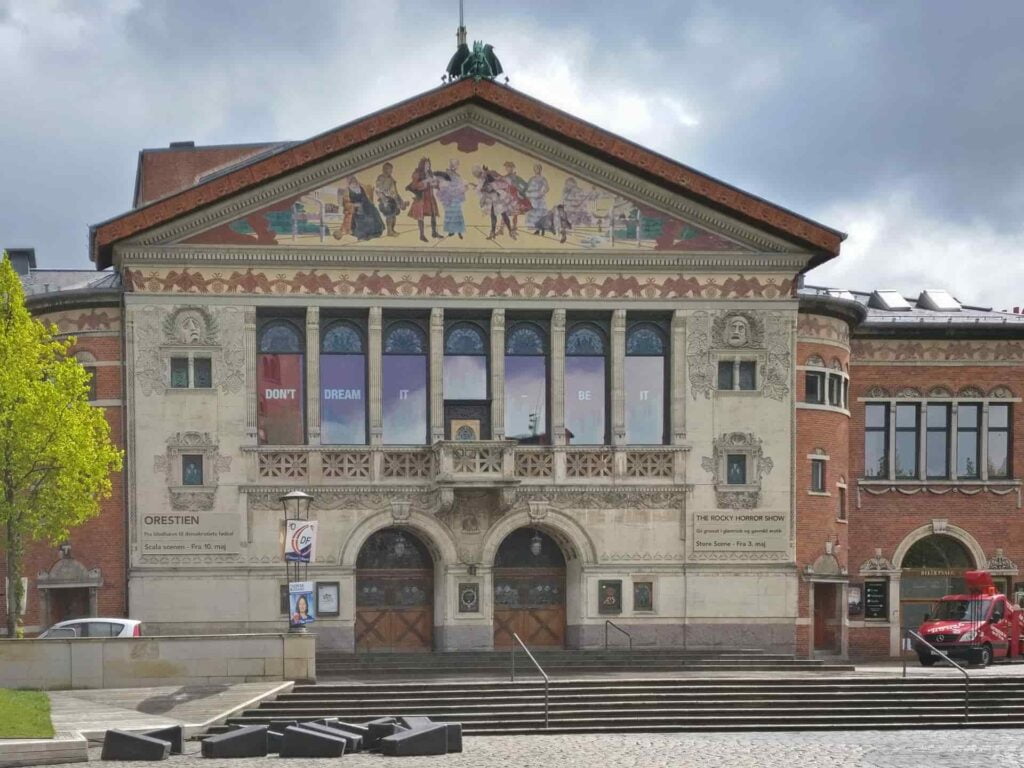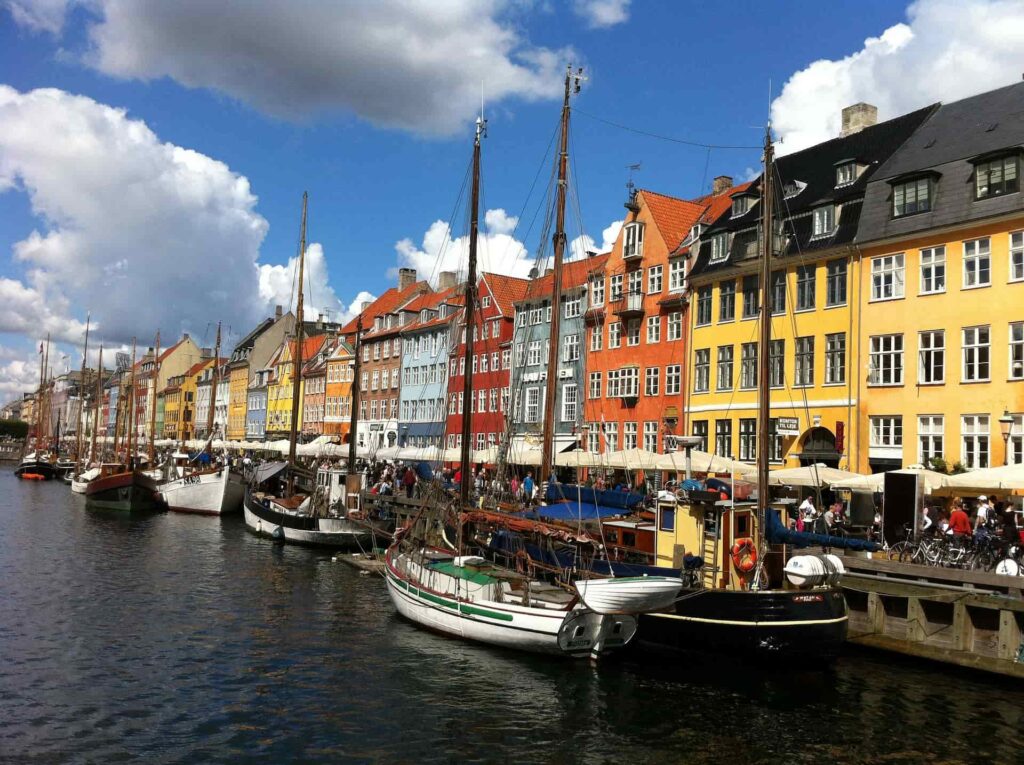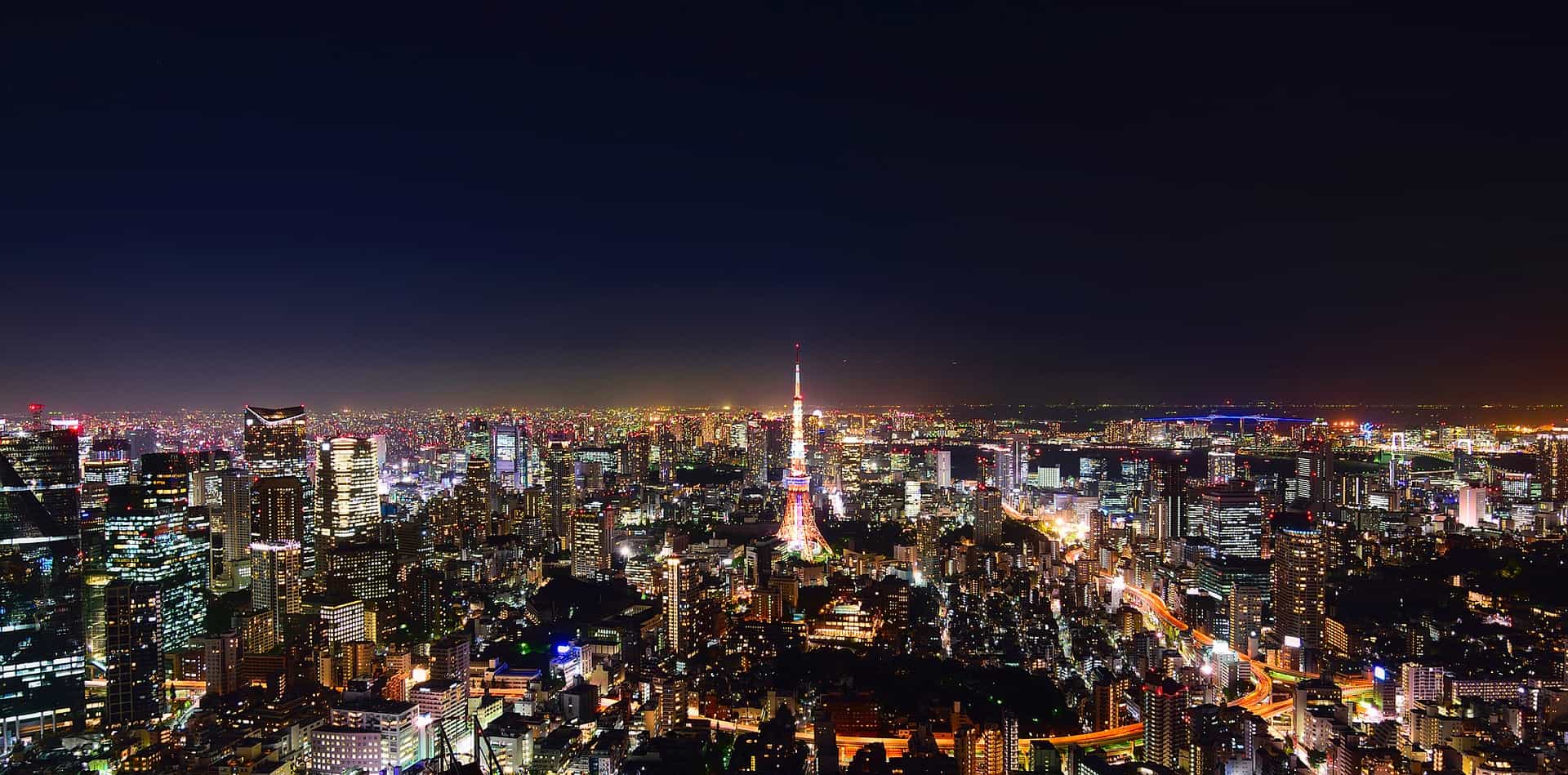Tokyo, Japan
Looking for hotels in Tokyo?
Click Here
Top Hotels in Tokyo Japan
Musement, Book tickets and experiences all over the world
Tokyo
The city of Tokyo, formerly known as Edo, is the capital of Japan and the capital of the metropolis of Tokyo. It is located in the center of the Honshu region on the Pacific coast above Tokyo Bay, and is considered the largest urban and industrial complex in Japan. For centuries, then later it developed into a city between 1603 AD and 1867 AD, when it became the capital of the Tokugawa shogunate (Tokugawa shogunate)
The rule of the shogunate was ended in 1868, and the name of Edo changed to Tokyo, which means the eastern capital, and later the population of Tokyo increased to more than a million people in the late nineteenth century AD, after which it became one of the most populous cities in the world in the twentieth century.
Geography of metropolitan Tokyo
The metropolitan area of Tokyo is located in the center of the Japanese archipelago in the southern Kant region, where it is bordered to the north by Saitama Prefecture, to the south by the Tamagawa River and Kanagawa Prefecture, and to the east by the Edogawa River and Chiba Prefecture, and to the west by Yamanashi Prefecture and the mountains, and metropolitan Tokyo consists of Tokyo in addition to three neighboring provinces, namely: Saitama , Chiba and Kanagawa, as it is inhabited by 30% of the population of Japan, while the national capital is made up of Tokyo and seven provinces surrounding it: Saitama, Chiba, Kanagawa, Ibaraki, Tochigi, Gunma, and Yamanashi.
Administrative divisions of metropolis Tokyo
Administratively, the central metropolis of Tokyo is divided into twenty-three electoral districts referred to as ku, each of which has enjoyed self-government since 1943, as each possesses a municipal council and a mayor, and the Tama district of Tokyo consists of twenty-six cities and three towns. And one village, each of which owns local governments, and the central area with the Tama region forms a long, narrow area extending for a distance of ninety kilometers from east to west, and twenty-five kilometers from north to south, and the Izu Islands and Ogasawara Islands follow administratively to Tokyo despite their geographical separation. It includes most of the southern and eastern lands of Japan.
The climate of Tokyo
The climate of Tokyo can be described as humid and subtropical, where it is hot and humid in summer, and cold and humid in winter, and monsoons cause fluctuations in the weather, and the climate is characterized by the presence of four seasons throughout the year, where the winter season extends between December and February. The temperature during it until it reaches the freezing point with the presence of cold winds, and the season may witness snowfall, whose intensity varies from year to year, followed by the spring season, which is cold in the first weeks, but temperatures begin to rise later, and this season is a source of attraction for tourists, especially in a period Flowers and roses blossoming, and the spring sees rain in the afternoon hours, but the weather is generally warm.
The summer season extends between June and August. The temperature rises significantly, reaching 40 degrees Celsius on hot days, in addition to high humidity, and the season also witnesses heavy rainfall during which it reaches 180.3 mm, followed by the autumn season extending from mid-September to November. The temperatures are as warm as 23 degrees Celsius, with rain sometimes, but the season may witness cases of devastating hurricanes.
Demographics of Tokyo Population The
population of Tokyo for the year 2019 reached 37,435,191 people, [5] as the population of Tokyo continued to increase over the past seventy years. However, the city maintained a constant population concentration in the long term, according to a statistic conducted by the Ministry of Land, Infrastructure, Transport and Tourism in 2014. The history of Tokyo’s population increase can be divided into two stages. The first, which lasted until the beginning of the seventies; Which witnessed the process of urbanization, which contributed to the increase in the total population and support for economic growth throughout Japan, and the second when Tokyo became the center of the population density of Japan, during which the increase in the population of the city became slow and the country witnessed an economic recession.
Ethnic diversity and religions
Japan is considered one of the most countries that includes people of the original race, as mixed races are minorities in Japanese society, but the high rate of trade and travel, in addition to Japan’s encouragement for foreigners to come to it, increased ethnic mixing in it, and made the number of residents of urban and suburban areas of individuals with The mixed race of Japan with other races is on the increase, which indicates an expected change in the demographics of the region. Shinto celebrations, As for funerals, they hold them in the Buddhist way, and the Meiji Shrine is the most famous religious shrine that people visit in Tokyo.
Languages
Japanese is the official language in the country, with a number of 125 million speakers in Japan, and it is known locally as Nihongo. Ryukyu has 1.45 million speakers, the majority of whom are elderly.
The Hokkaido Ainu language used in Hokkaido island, Bonin English language used in Bonin islands, Nivkh language, Orok language, and many foreign languages are also spread. Examples: English, German, Portuguese, Russian, Spanish, and French.
Culture in Tokyo
Tokyo is considered a center of culture and arts in Japan, where traditional theatrical works known as Kabuki are presented in addition to modern drama, symphonies, operas, and others. The city also includes many museums distributed in different places, such as the Tokyo National Museum located in the Park Ueno, which displays art and history related to Japan and Asia, and the park also includes two other art museums, a science museum, and a zoo, and the presence of the University of Tokyo, which is one of the largest universities and colleges in Tokyo, adds more cultural diversity to it.
Technology in Tokyo
Tokyo is considered a destination for technology and development lovers, as it is one of the most advanced and developed cities in the world, and the city witnesses many events and activities on the technological level, where the Nano Tech exhibition and conference was held in 2017, and the Asia Technology Summit was held in 2016, in addition to The Hackathon event, which is held by the local population, and the city includes a museum in the Odaiba area, in which exhibits related to Japanese technology and its development are displayed, called the National Museum of Emerging Sciences and Innovation, known as Miraikan.
Tokyo’s economy
In the eighties, Tokyo made great steps to support its economic growth, and it became a well-known region in terms of technology, culture, and fashion, which contributed to the rise in the prices of land and stocks in it, and this phenomenon was called the bubble economy, [2] and Tokyo is currently considered the richest city. In the world, in 2007, its GDP reached 1.9 billion dollars, which is 300 million dollars more than the next New York City. The economy in Tokyo is based on financial and banking services due to the global position the city has acquired, as it includes many industries that move the wheel of the economy in it, such as: the manufacture of electronic devices, transportation equipment, cars, cameras, furniture, textiles, publishing and printing equipment, and others,
The export process takes place from Yokohama Port and another port at the mouth of the Sumida River, and its storage facilities have been developed. The export process includes many different products, such as: cameras, cars, and electrical products.
Education in Tokyo
The Japanese people are among the most cultured and educated peoples, and most people receive their education in public schools despite the spread of private schools, and primary education in them has been compulsory for children aged 8 years since the Meiji period, and the national education system applied to residents of Tokyo is The same applies to all Japanese.
Almost two million students compete to enter the most prestigious universities in Tokyo after taking difficult exams every year between January and March, and Tokyo includes a quarter of the total number of universities in Japan, with about 100 universities and colleges, making it the most crowded place for higher education institutions In the world, Therefore, the Capital Education Council limited the expansion of schools and universities in the city to reduce overcrowding, and supported their establishment in remote areas instead. Among the most famous universities and colleges in Tokyo are the following.
1- Keio-Gijuku University, founded in 1867 A.D. 2-2- University of Tokyo, which was founded in 1877.
3- Waseda University Which was founded in 1882 AD.
4- Rikkyo University, founded in 1883 AD.
5- Tokyo Women’s College, founded in 1900.
Tourism in Tokyo
The Japanese National Tourism Organization indicated that the number of tourists coming to Tokyo has increased during the past twelve years, but in 2011 the number of international tourists decreased by 31% and domestic tourists by 8.8%; This is due to the tsunami, earthquakes, and nuclear disaster that happened in Japan.
Industry and tourism boomed in the following years, as the rate of international tourists increased by 36%, the number of local arrivals increased by 10%, and Tokyo is the city that most receives international tourists who go to Japan, attracting about 51% of them, and this increase contributes to the number of tourists. Increasing airline seats capacity, lowering the cost of tickets, and easing visa procedures.
Among the most prominent tourist attractions that can be visited in Tokyo, the following.
- Tokyo Tower: which lights orange in winter nights and white in summer.
- Tokyo Sky Tree (Tokyo Sky Tree): which is 634 meters high, and is called “Mo Sa Shi”, which in Japanese means 4-3-6, referring to its height.
- Tsukiji Fish Market: This is a popular destination for chefs for the best prices and discounts.
- Tokyo National Museum: This museum contains Japanese and Asian artifacts that date back to the Jomon period, as well as some weapons, armor, and traditional costumes such as the kimono.
- Meiji Jingu shrine: Built in honor of Emperor Meiji.
- Yasukuni shrine: Built in honor of the men who died in wars for Japan since 1853.
- Shinto shrine: This shrine requires a tourist to enter it. Like washing hands and mouth in the fountain near the entrance.
- The Imperial Palace: It is the palace inhabited by the emperor and empress, and it is considered one of the famous places that attract tourists, as it is possible to enjoy its beautiful gardens open to the public, including picturesque cherry trees.
- Akihabara :; It is a hub for fans of anime, games, technology, and digital equipment.
Transportation in Tokyo
Tokyo includes two major international airports: Narita International Airport and Tokyo Haneda International Airport, where the first is located sixty kilometers from downtown Tokyo, and it is the main airport for international arrivals, and the second was used for domestic flights only, but it is now witnessing a movement of international arrivals. In addition, Tokyo has the most modern railway and subway network, with more than ten railway companies, and Tokyo Station is the center of the train network that connects the city with other cities such as Kyoto and Osaka. Tokyo will host the Olympic Games in 2020; Therefore, Tokyo Haneda International Airport will be expanded to include another terminal for international flights, and it will be provided with all services, and a train station will be built between Tamachi and Shinagawa stations. in addition to maintenance and renovation of seven other stations in Tokyo.
The history of Tokyo
The Tokugawa military government made Edo village its capital in 1603 AD; Because it is a village overlooking the Gulf in eastern Japan, and the government made adjustments in the river channels and the coast of the Edo Bay to build a fortress and trenches. Again, after the Meiji Restoration in 1868AD, Edo was named after Tokyo, and it was taken as the capital of the new empire, and the emperor moved to settle there.
The city of Tokyo was destroyed by the Great Kanto earthquake in September 1923, and the losses exceeded 140,000 people and 300,000 homes. Then the government began rebuilding the city, but the high costs prevented the complete completion of the reconstruction, and after several years had passed, the Haneda Airport in Tokyo was opened in 1931, in addition to the opening of the Tokyo Port in 1941 AD, and because of the Pacific War that broke out in 1941, the dual administrative system of Tokyo was canceled. The district and Tokyo the city, and they were merged to form the metropolis of Tokyo in 1943 AD, and the war ended on September 2, 1945 AD with material losses and loss of life as a result of the bombing of Tokyo 102 times during which.
The new constitution of Japan and the Local Self-Government Law were implemented in May 1947, when Seiichiro was elected. Yasui) as the first ruler of Tokyo through the people’s vote for him, then the Korean War broke out in 1950, and after the end of the war, Tokyo began its first television broadcast in 1953 AD, and Japan joined the United Nations in 1956 AD, where Japan was a pioneer in technological innovations. The production of industrial fibres and household electrical appliances, such as televisions, refrigerators, and washing machines, and the year 1964 was full of accomplishments, as Tokyo hosted the Olympic Games, the Shinkansen high-speed train was launched, in addition to the opening of the Metropolitan Expressway.
Sports in Tokyo
Tokyo is preparing to host the Olympic Games in 2020 AD and will host the Paralympic Games for the second time, as the first time was in 1964, and this sporting event is one of the important events for the Japanese, as thousands of athletes and fans are waiting for it with feelings of enthusiasm and excitement.
Facts about Tokyo
Among the most important facts about Tokyo is the following
Tokyo is the largest metropolitan area in the world.
Drink vending machines are located in the city every 12 meters, and operating them consumes about 3% of the Japanese economy.
Harajuku in Tokyo is distinguished by the flashy costumes that teenagers wear on the streets.
Tokyo cherry trees bloom for two weeks in April, during a period known as Hanami, which is the national symbol of Japan.
There are more than 14 restaurants in the city with three Michelin stars. Shibuya Crossing is the busiest intersection in the world, with more than a thousand people crossing it together at prime time.
The most famous food in Tokyo
Some of the most popular foods in Tokyo include
Tendon: The dish consists of white rice covered with fresh seafood fried in sesame oil until golden.
1- Tsukemen: This dish consists of a bowl of noodles that is dipped in another bowl of flavored soup.
2- Abura soba: This pasta and vinegar dish contains a small amount of oil and may be free of it, although the literal translation of its name is oily pasta.
3- Monjayaki: This dish is made like a fried dough or a pancake, and it remains soft and resembles melted cheese.
4- Fukagawa-meshi: This dish contains rice cooked with clams, and fishermen in Fukagawa in Tokyo used to prepare it by cooking a broth consisting of clams, green onions and tofu, then pouring it over cold rice.
5- Tokyo buns: Japanese bakers have mastered the art of baking, creating distinctive bread that has spread all over the world.
6- Chanko nabe: This protein-rich soup is made from chicken broth and pieces of chicken or other meats that a person prefers.
7- Sushi: Sushi is a Japanese street food snack and consists of fish and rice with rice vinegar added to preserve ingredients.
8- Anago: It is an eel that contains less fat than a freshwater eel. The dish is served with sushi, or with kabayaki sauce, or it may be grilled.
9- Omurice: It is a dish consisting of fried eggs placed on rice, and some restaurants serve it as fried rice wrapped in an omelette with ketchup, or fried rice inside an oval-shaped omelette filled with a custard-like filling.

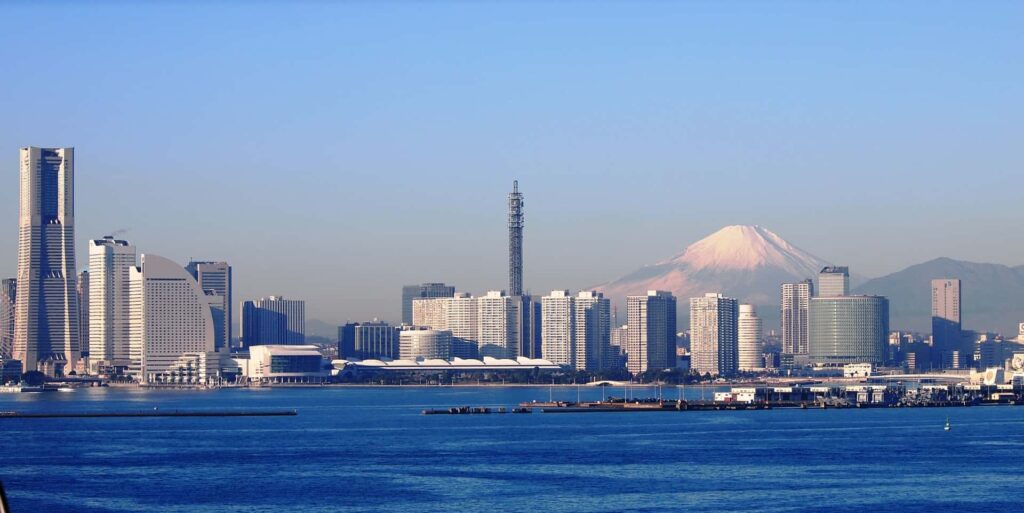
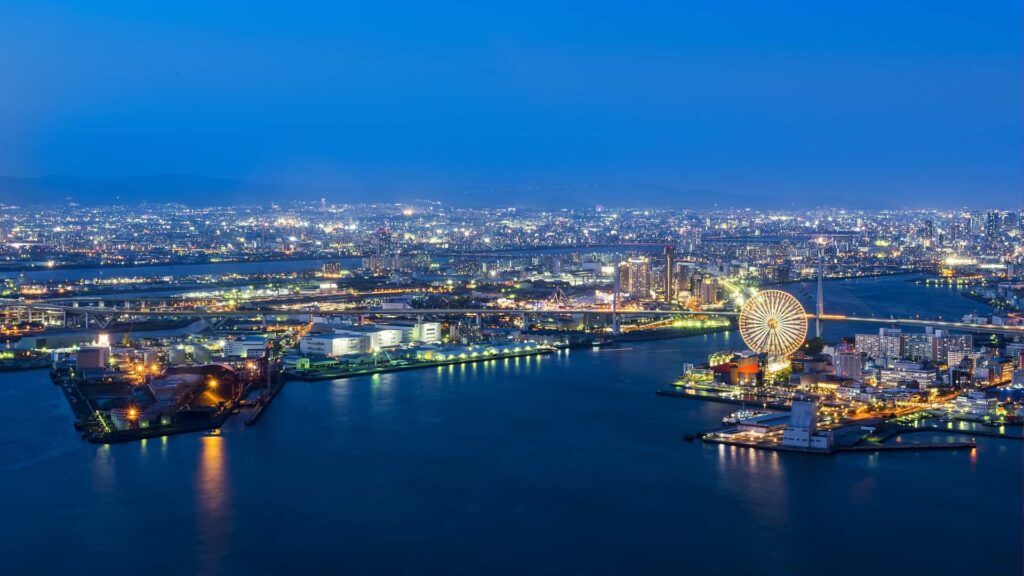
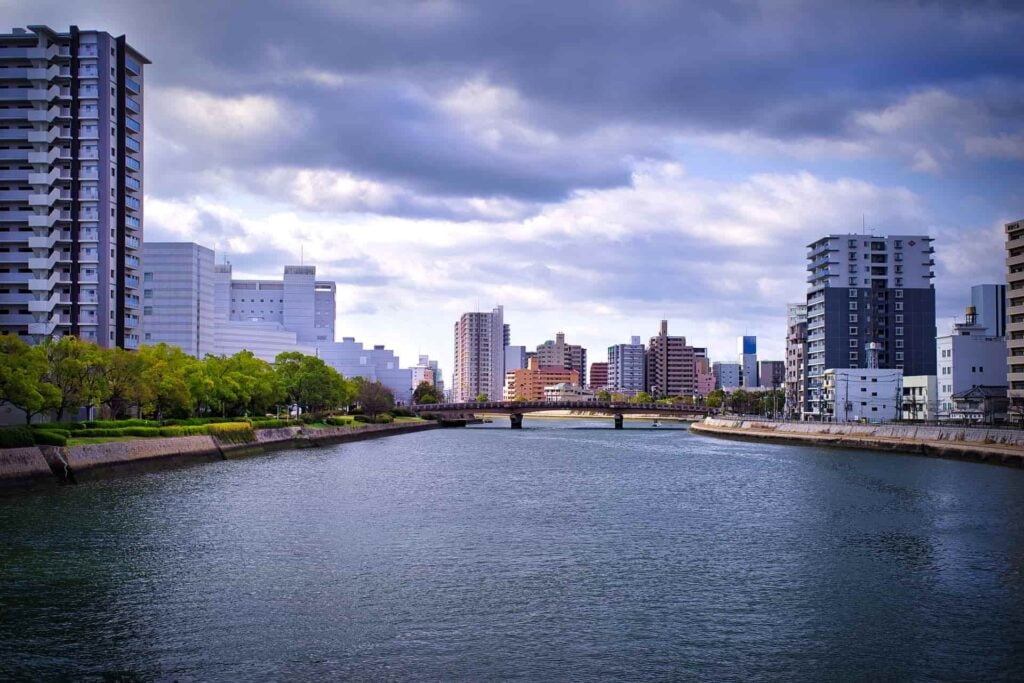
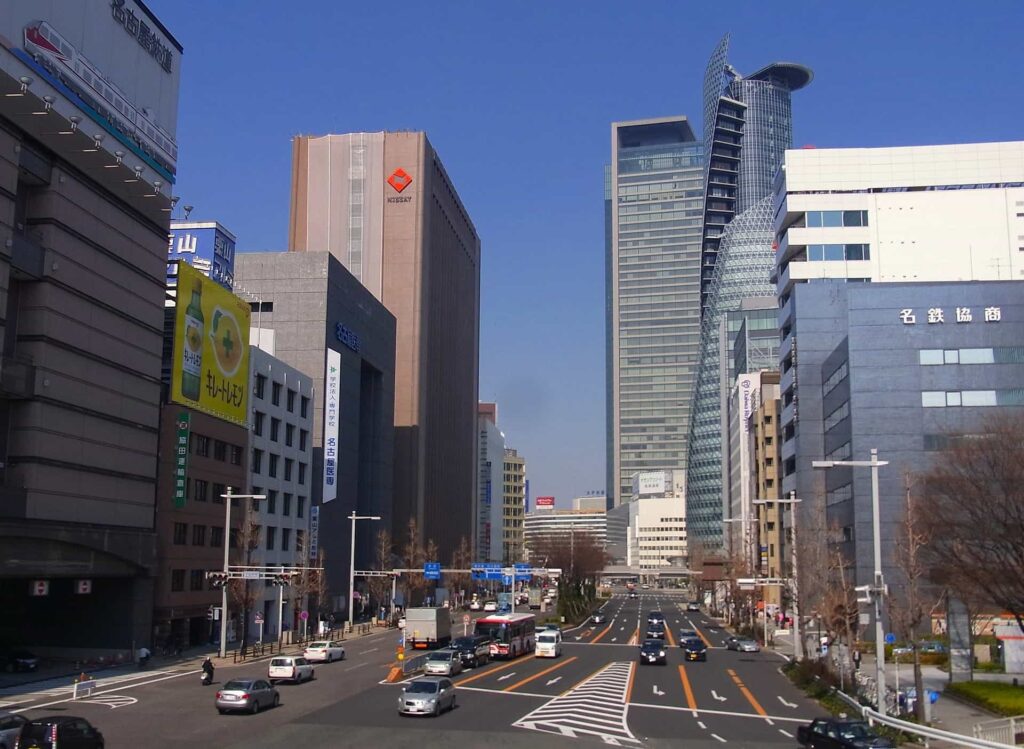
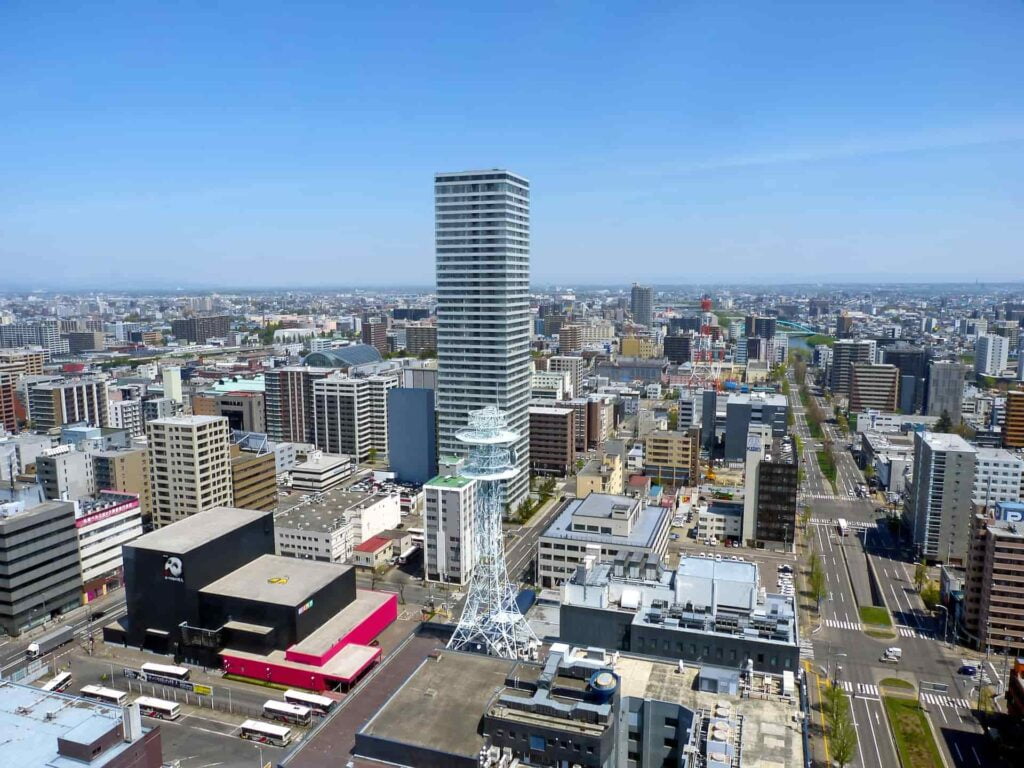
Search Hotels in Popular Cities
